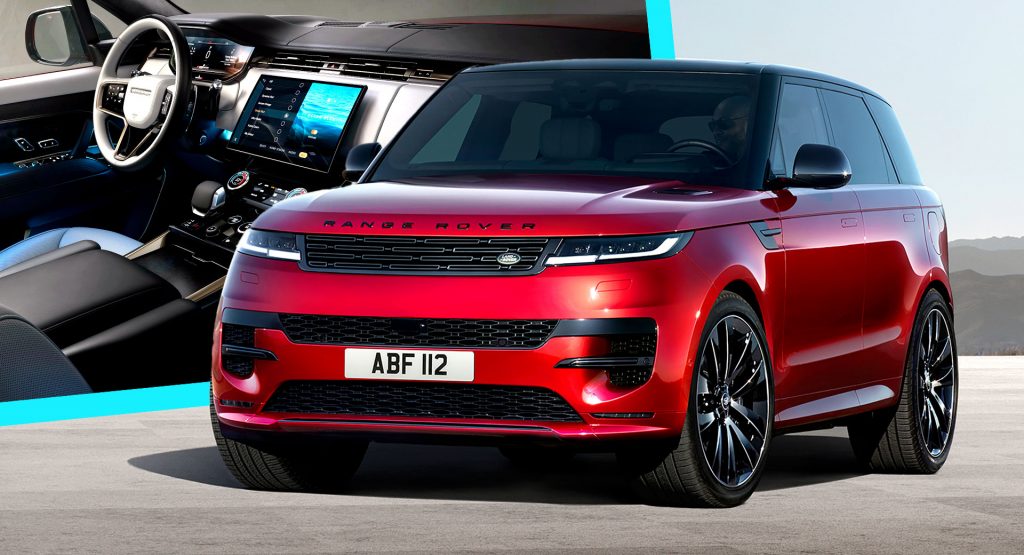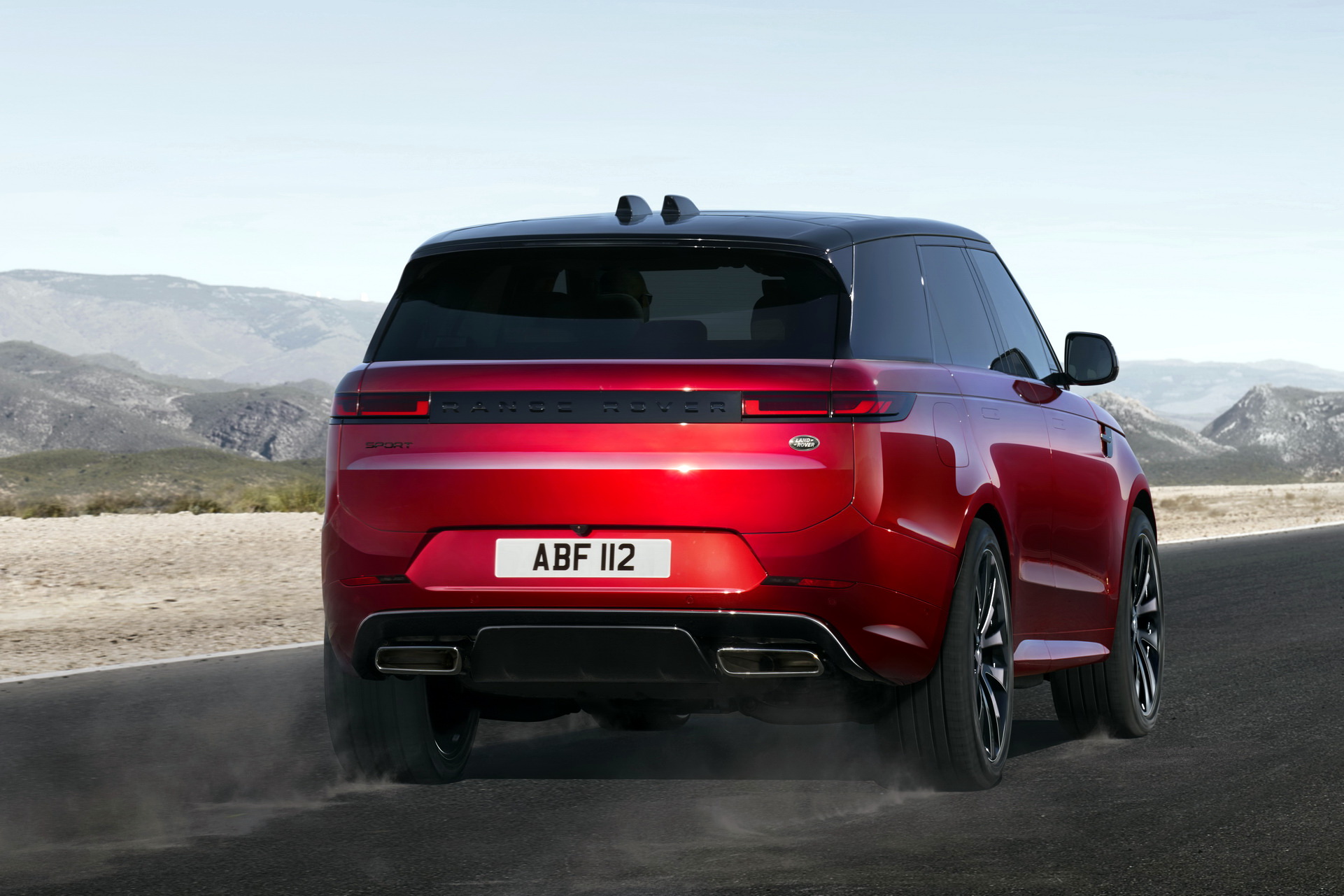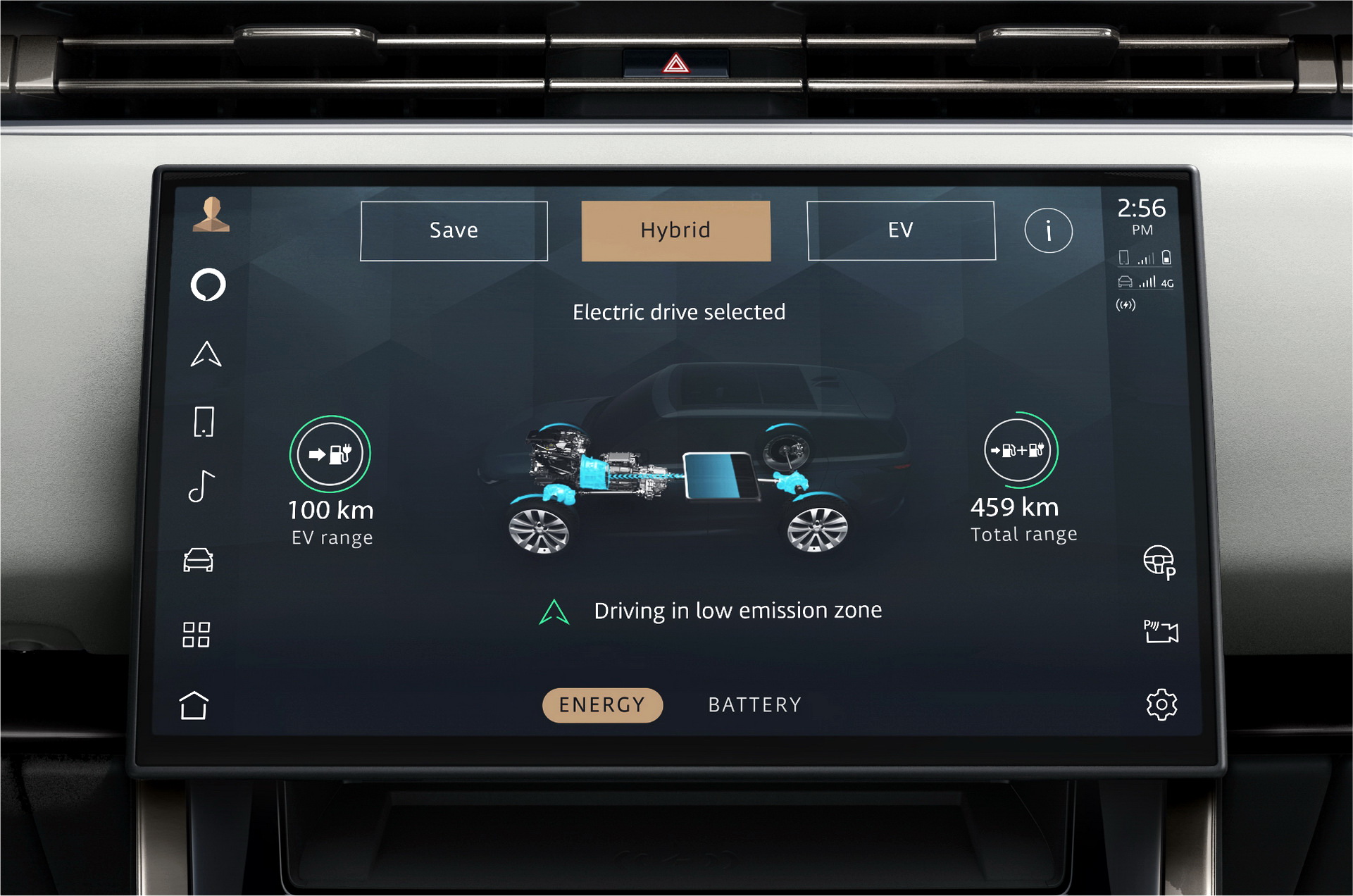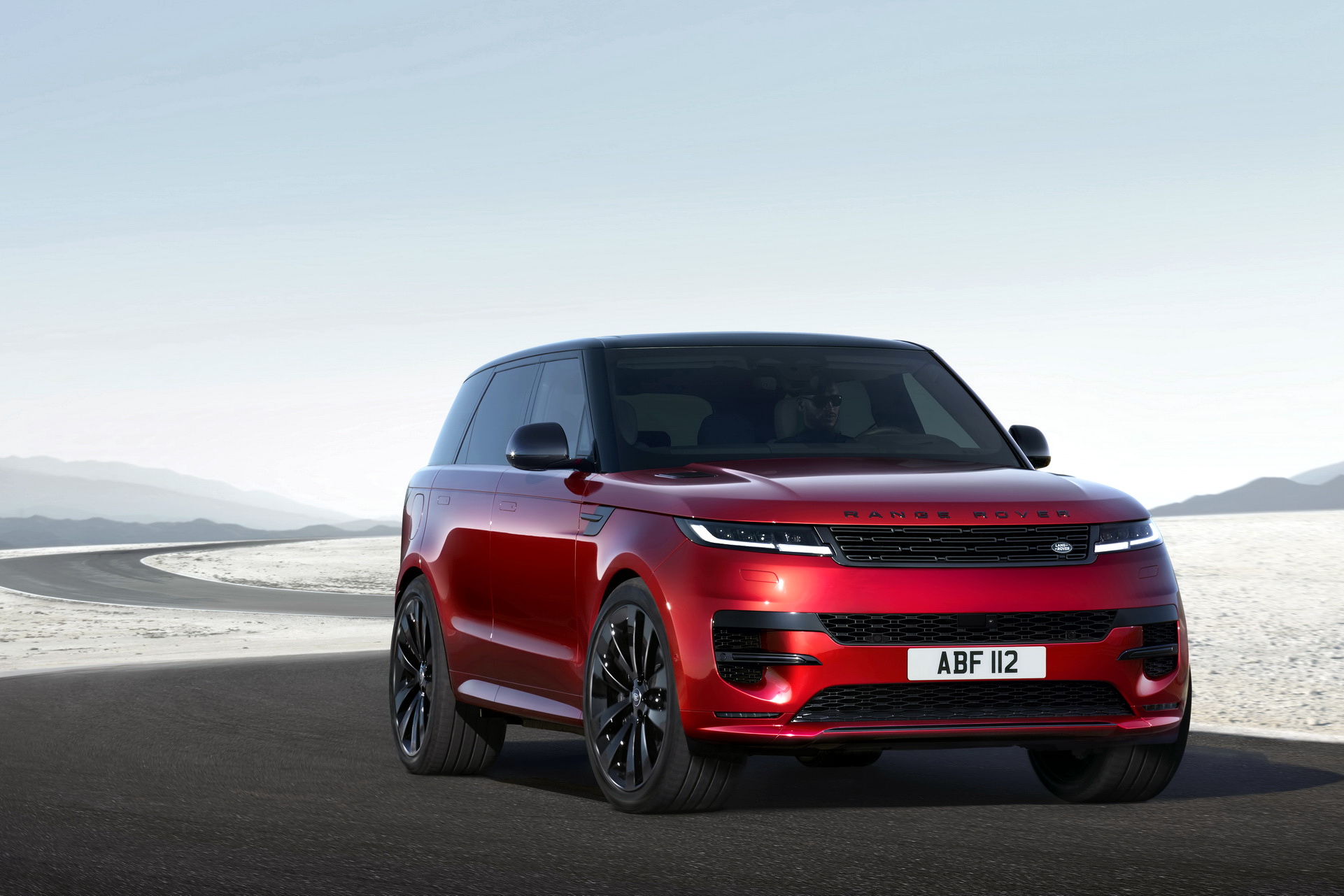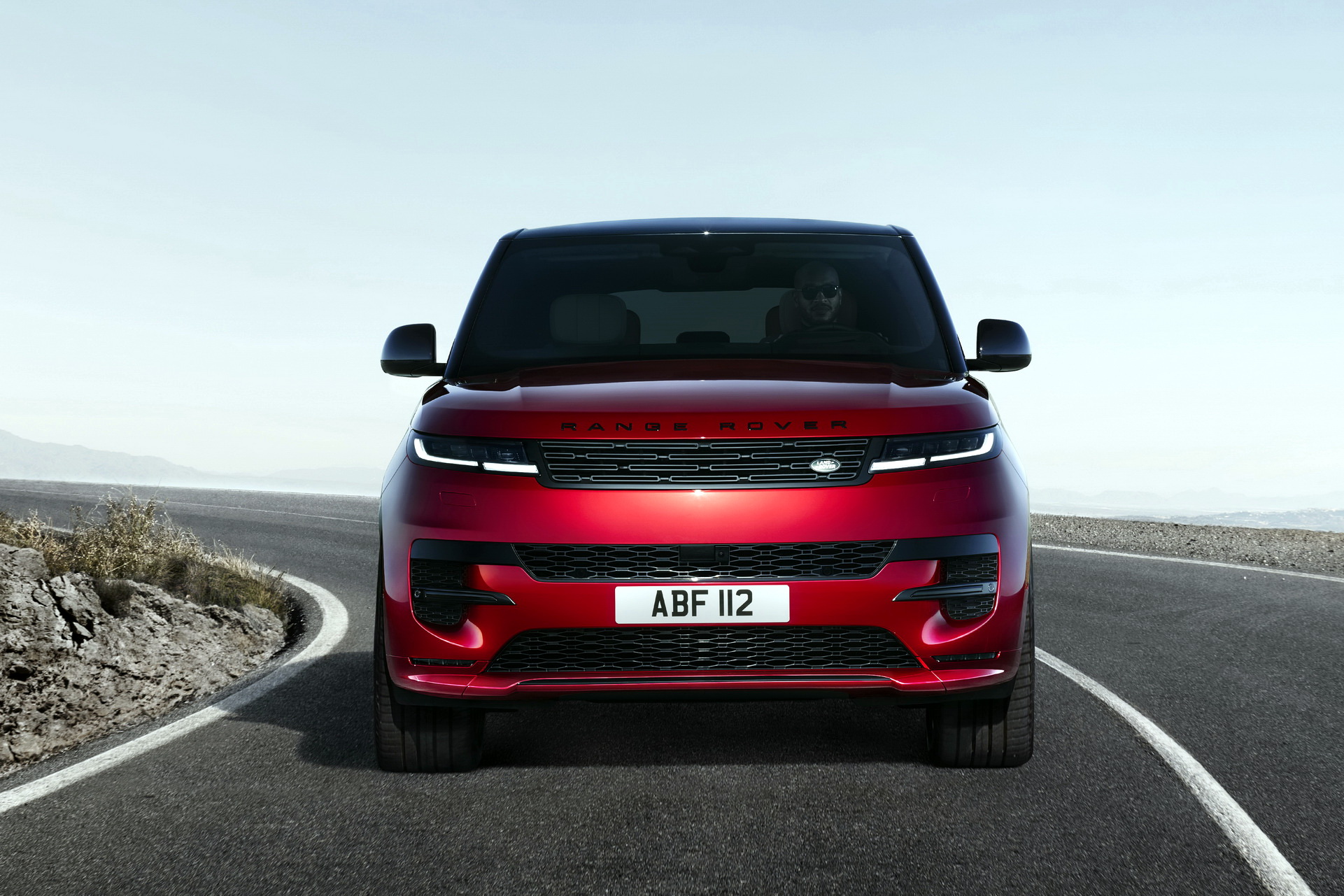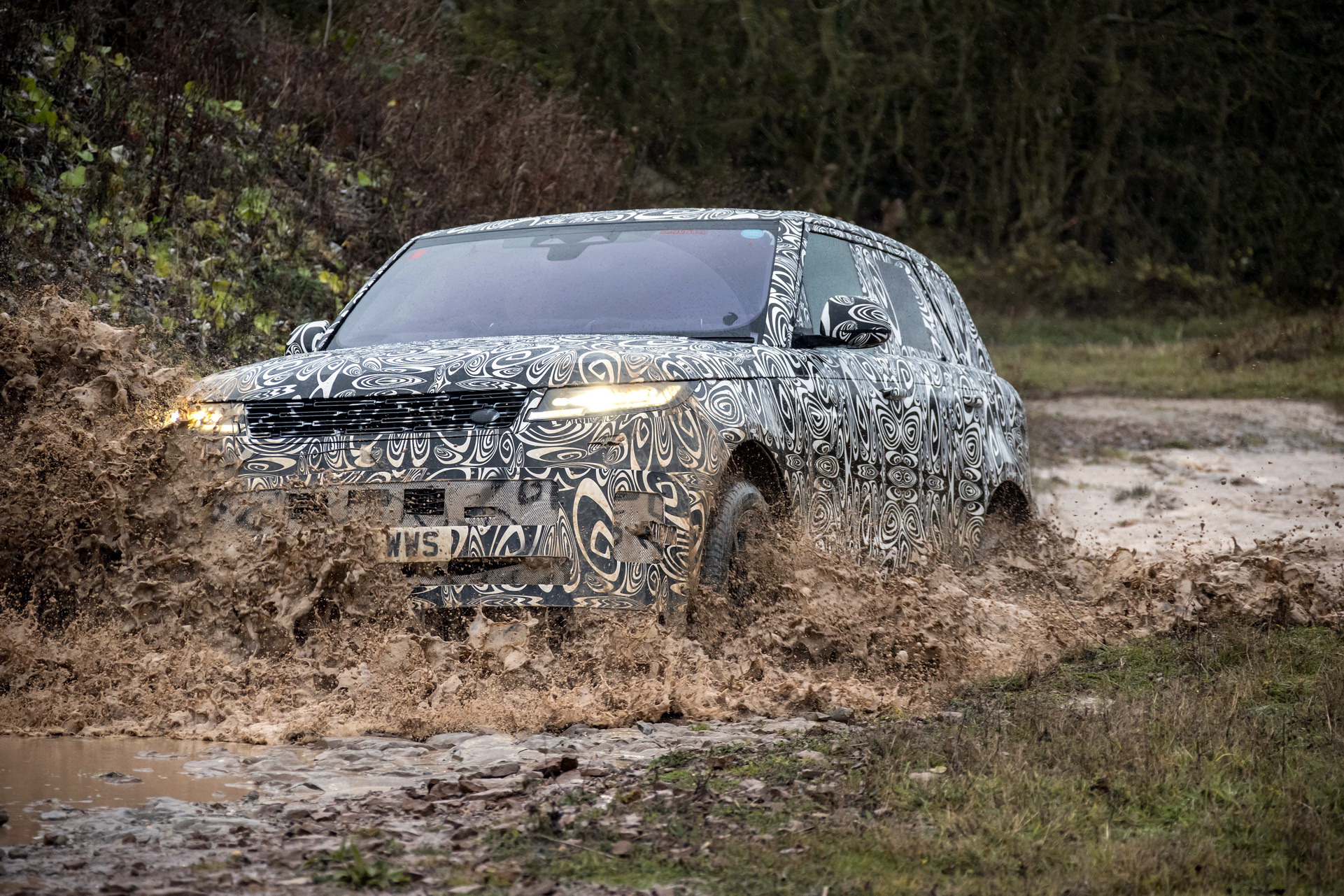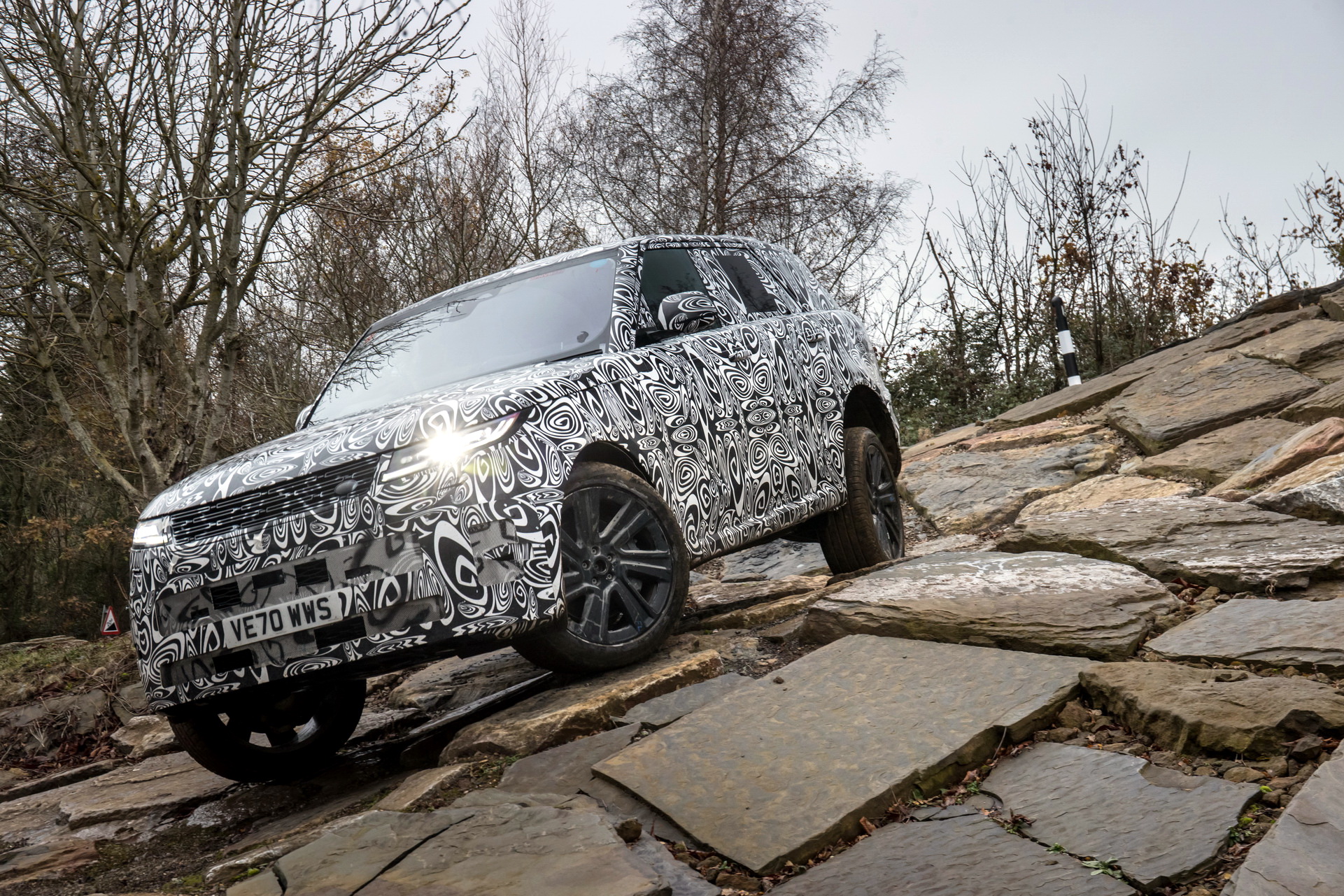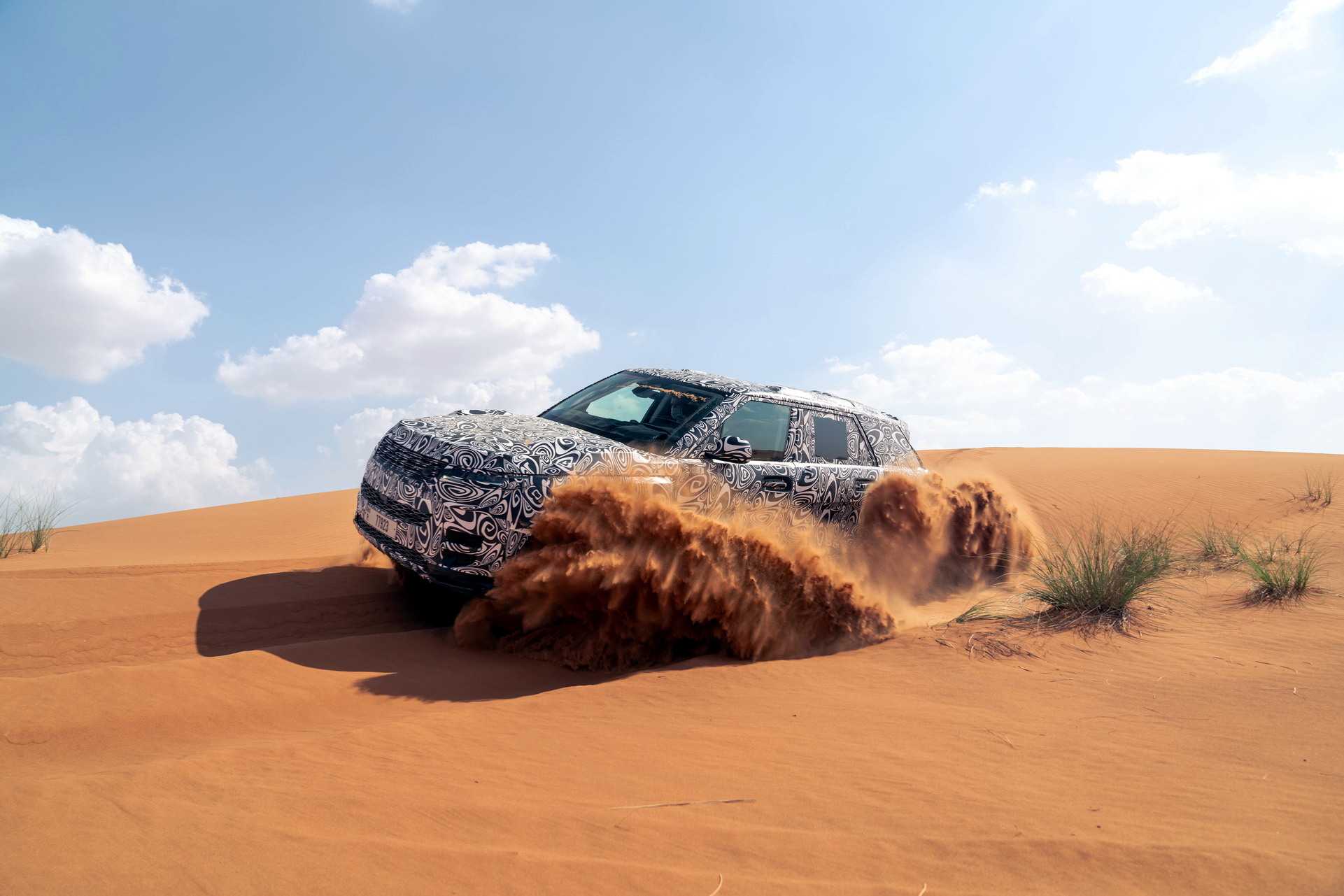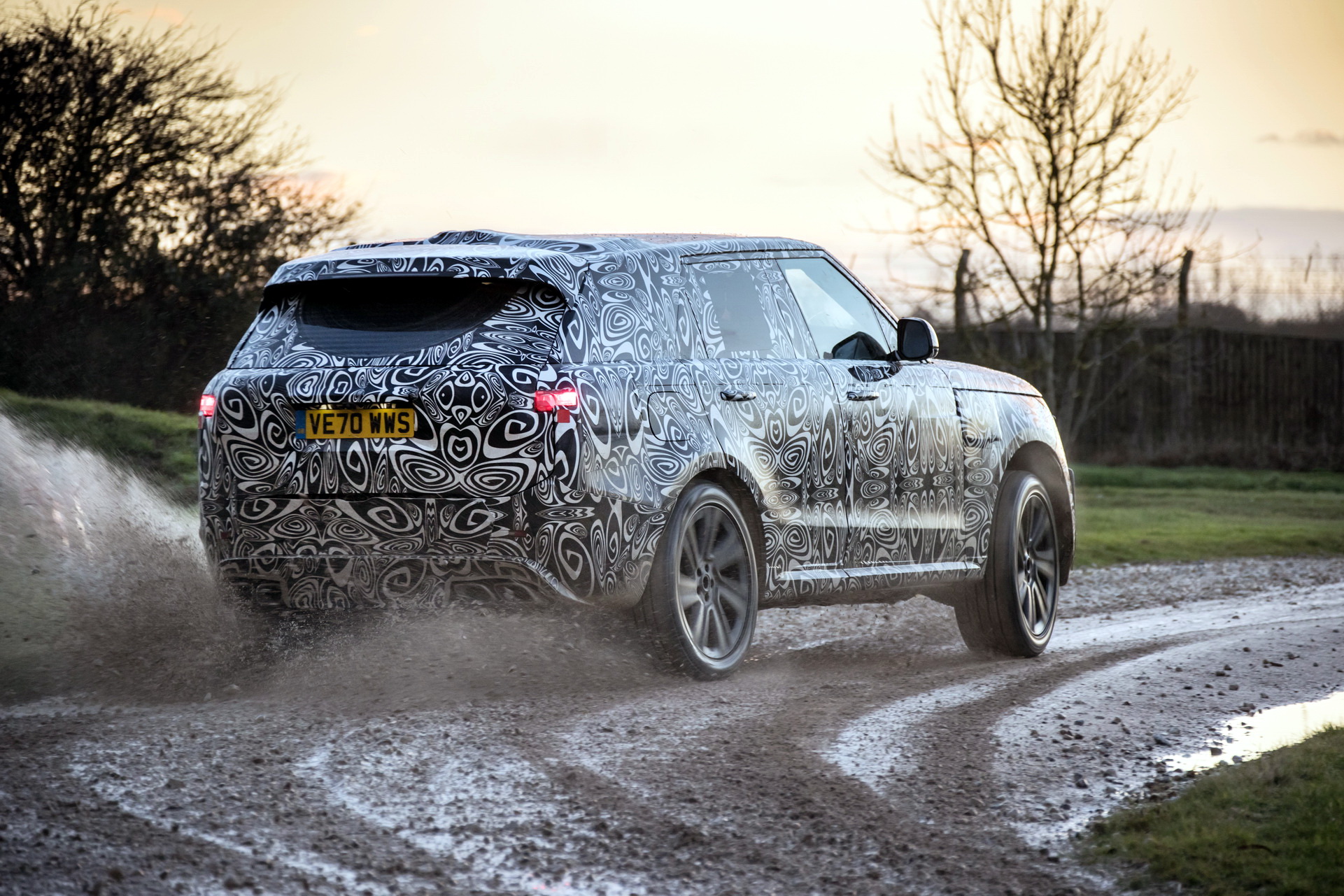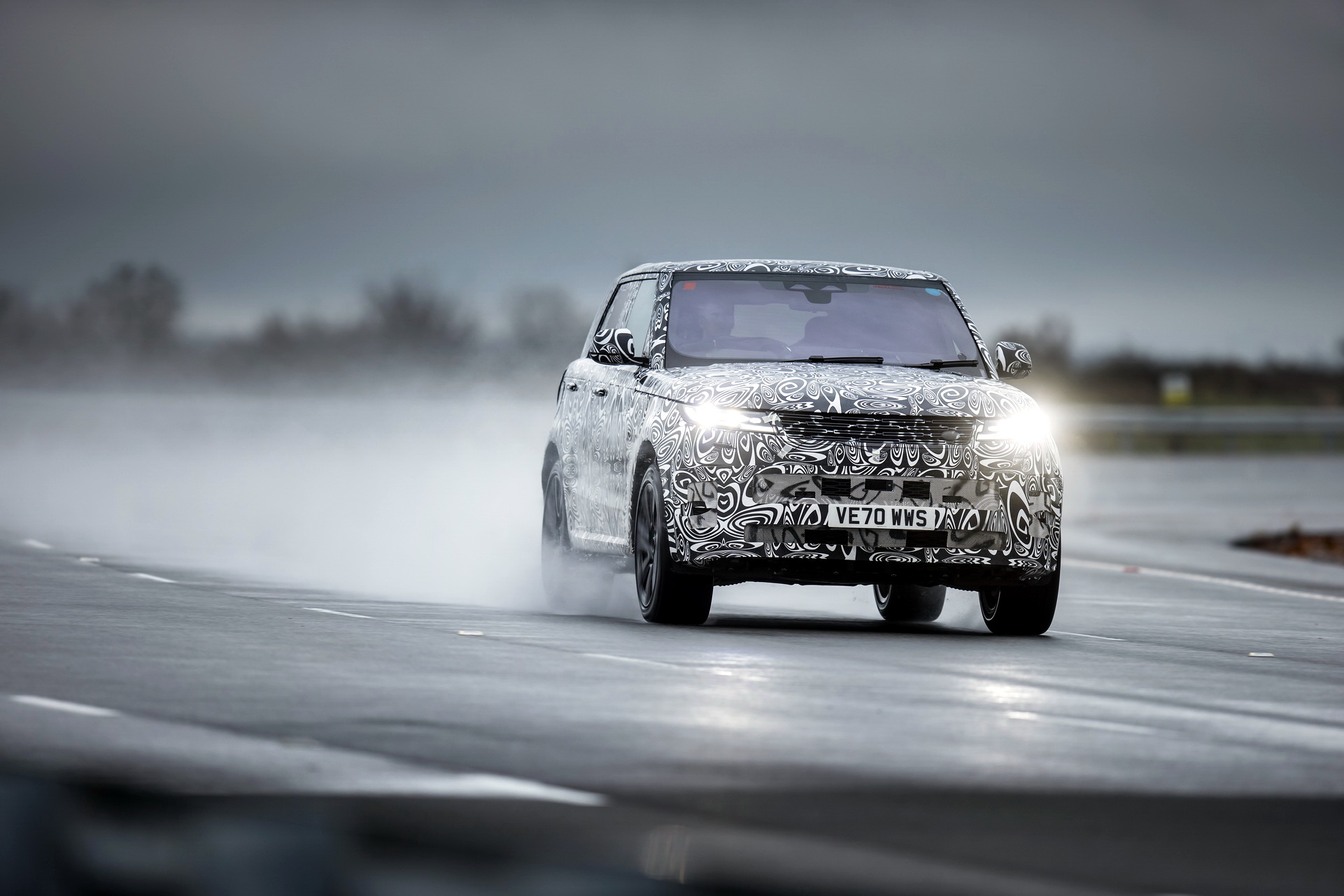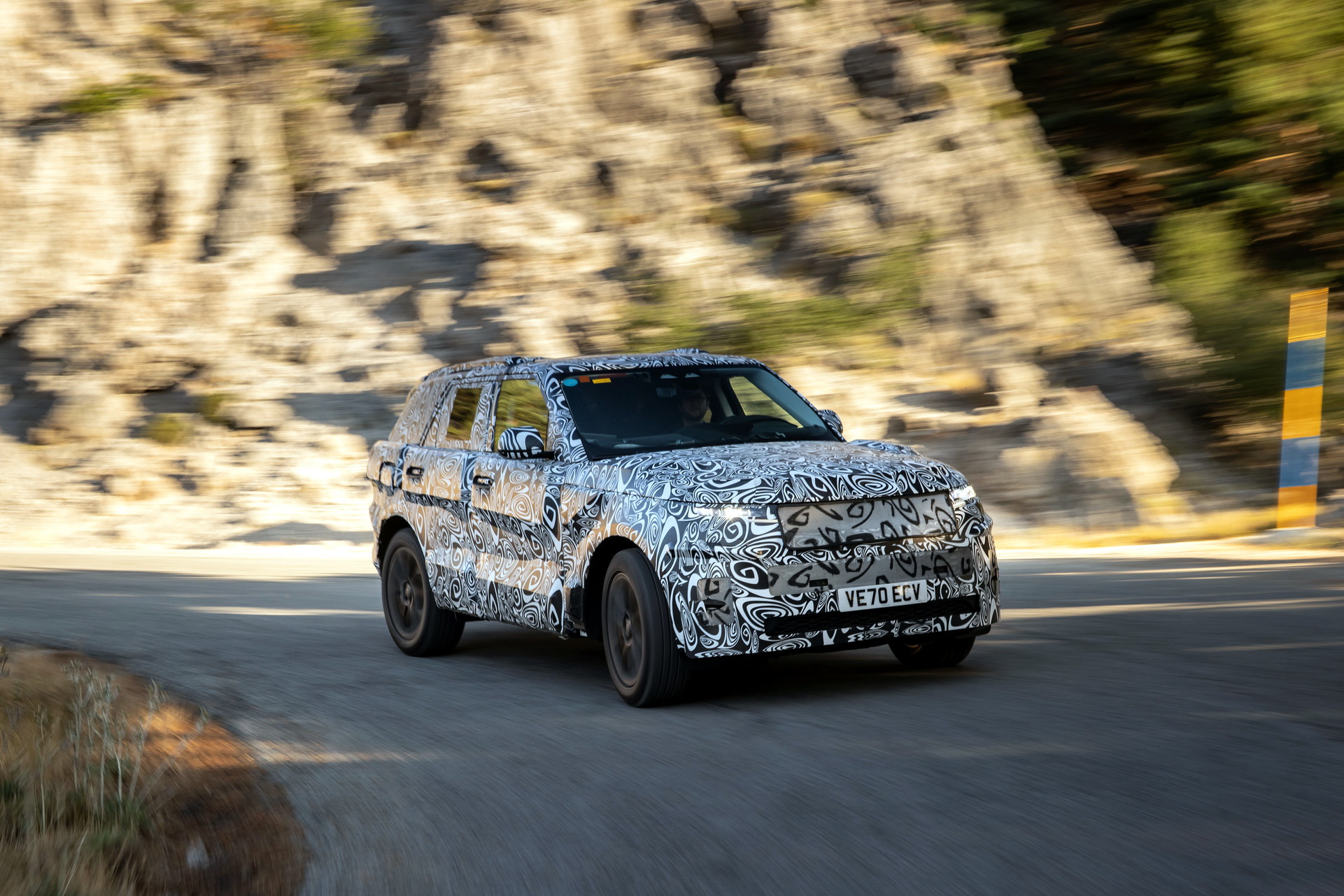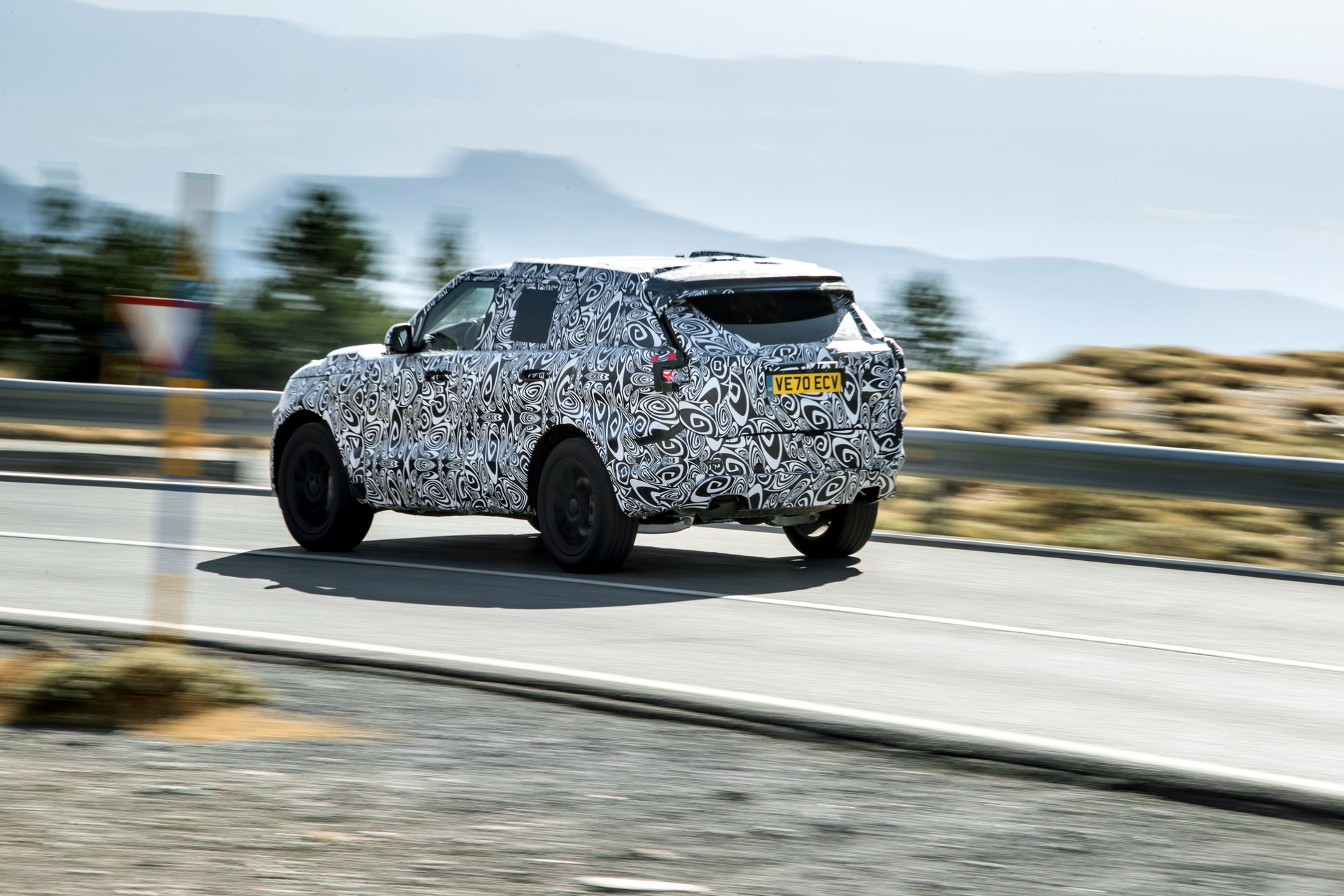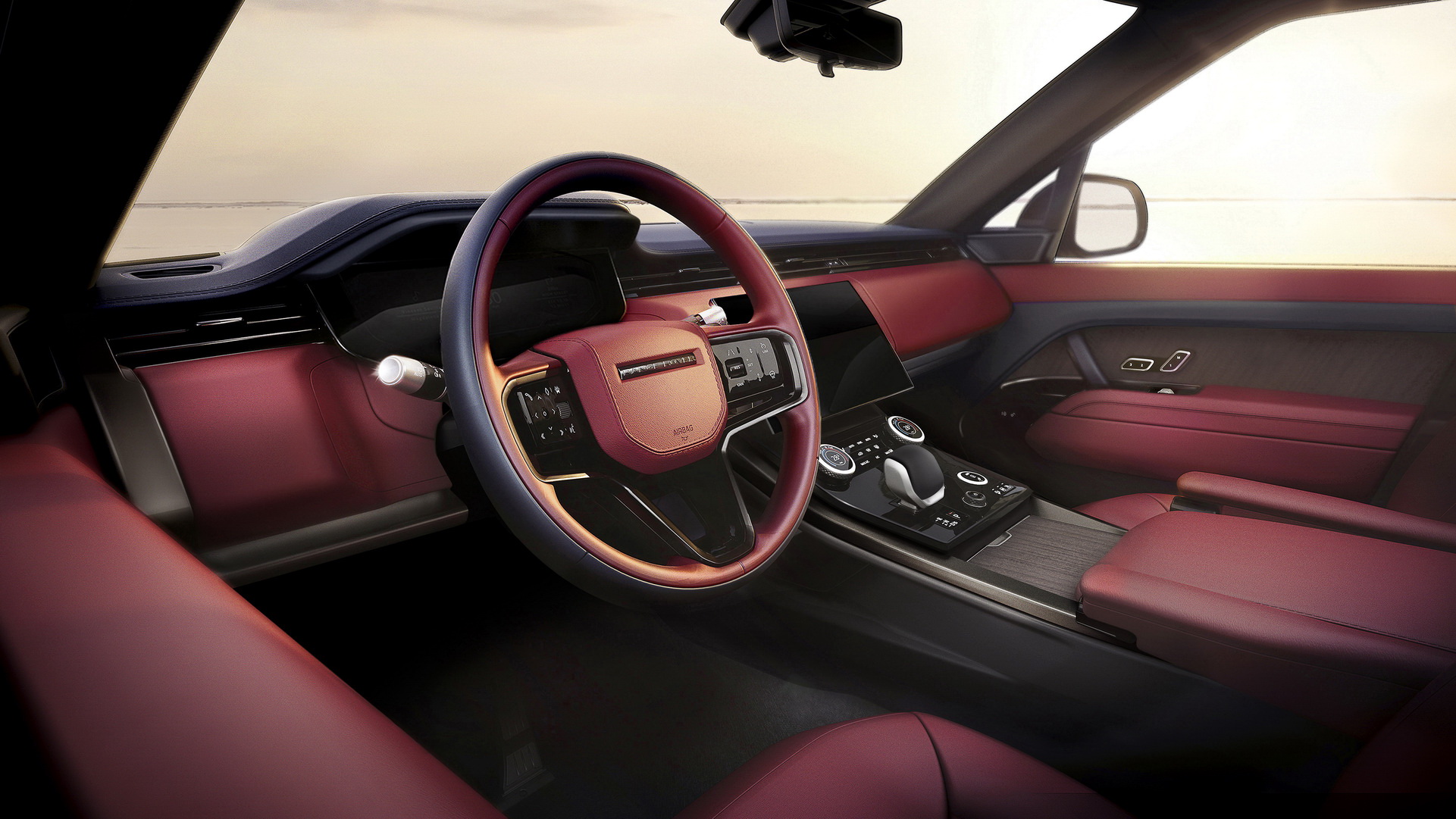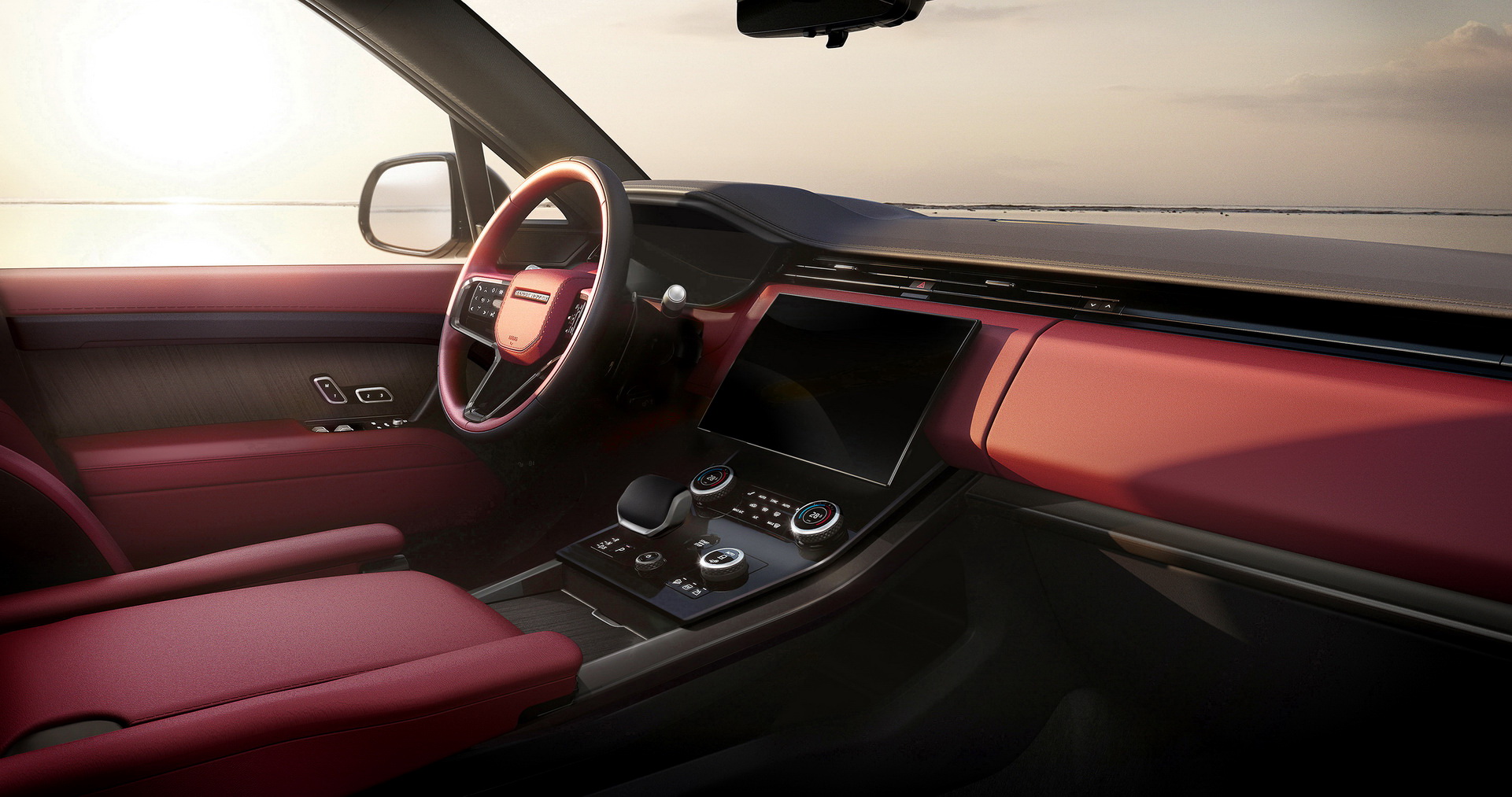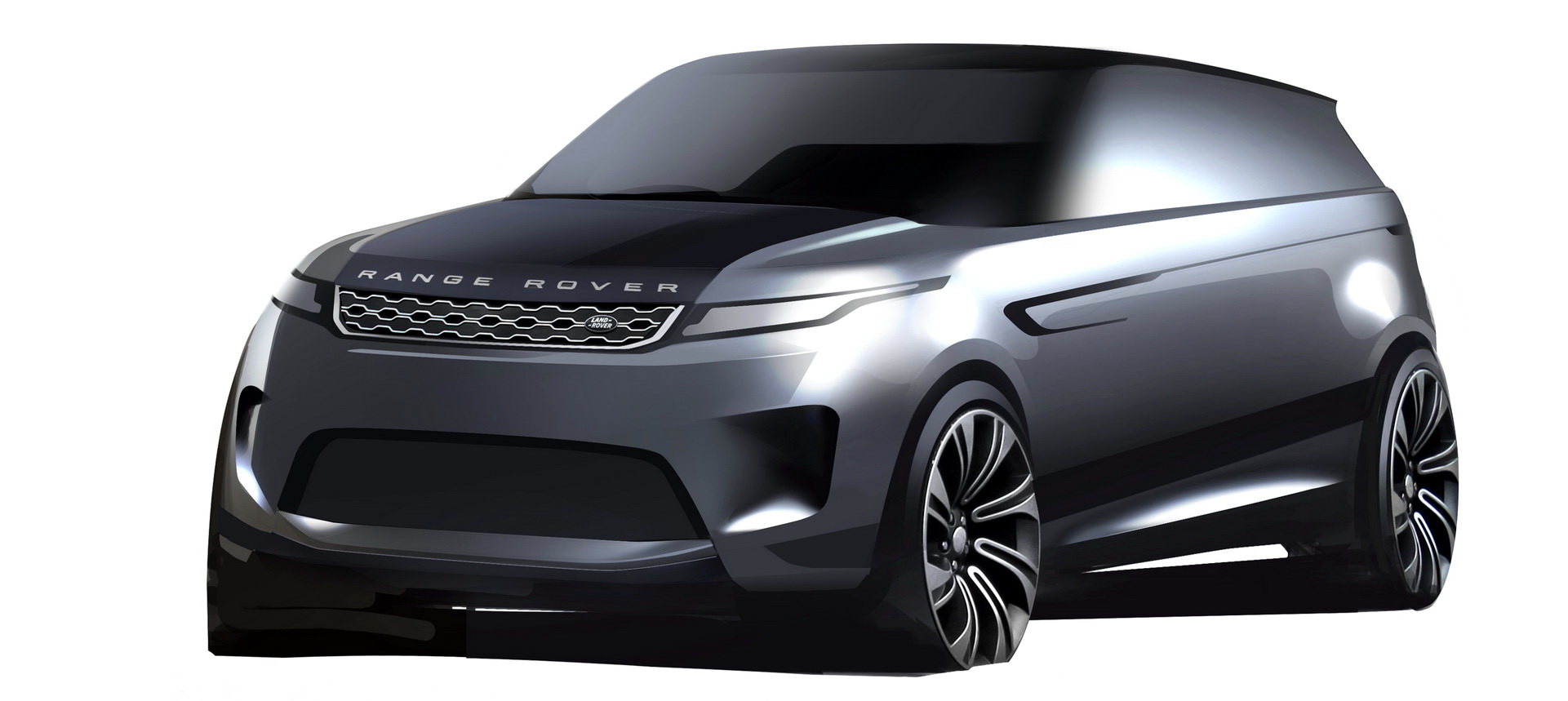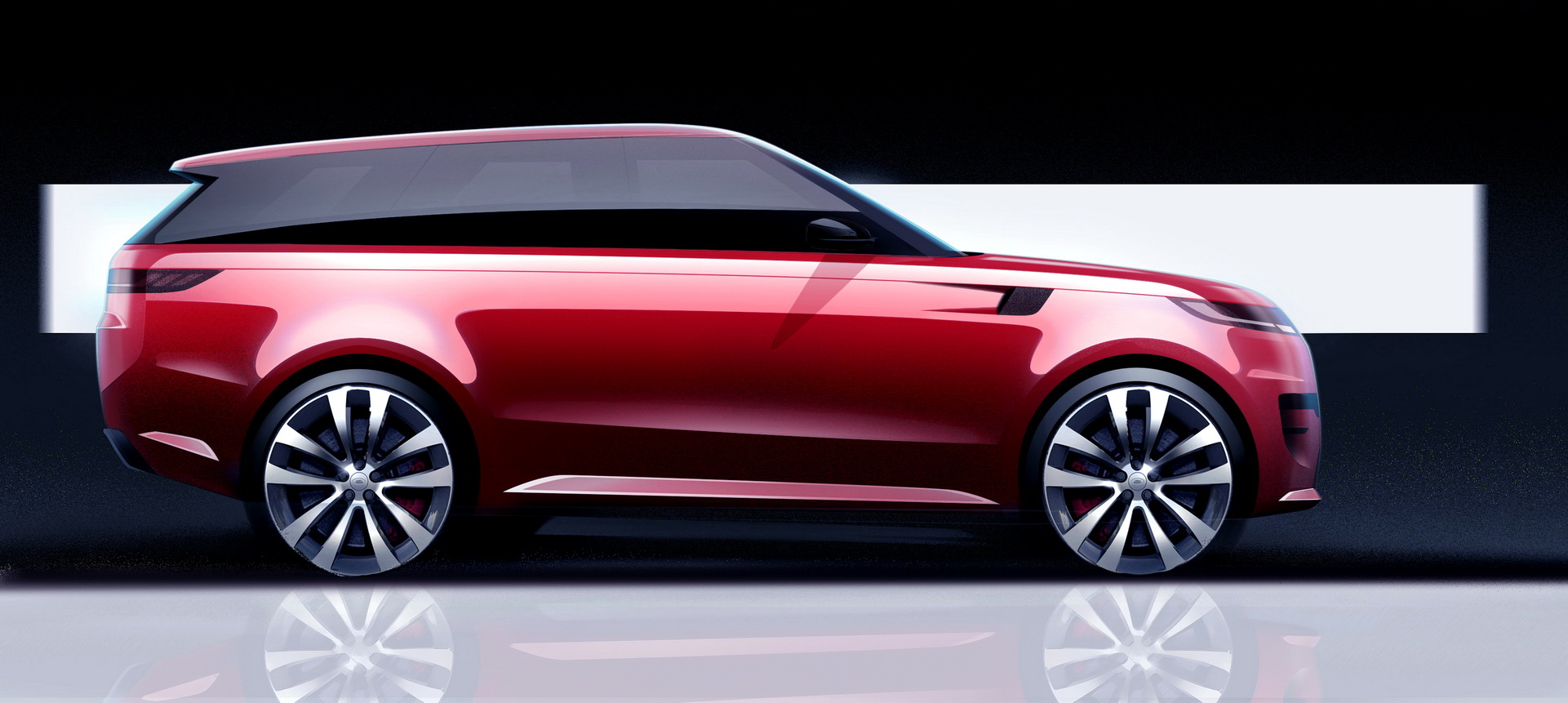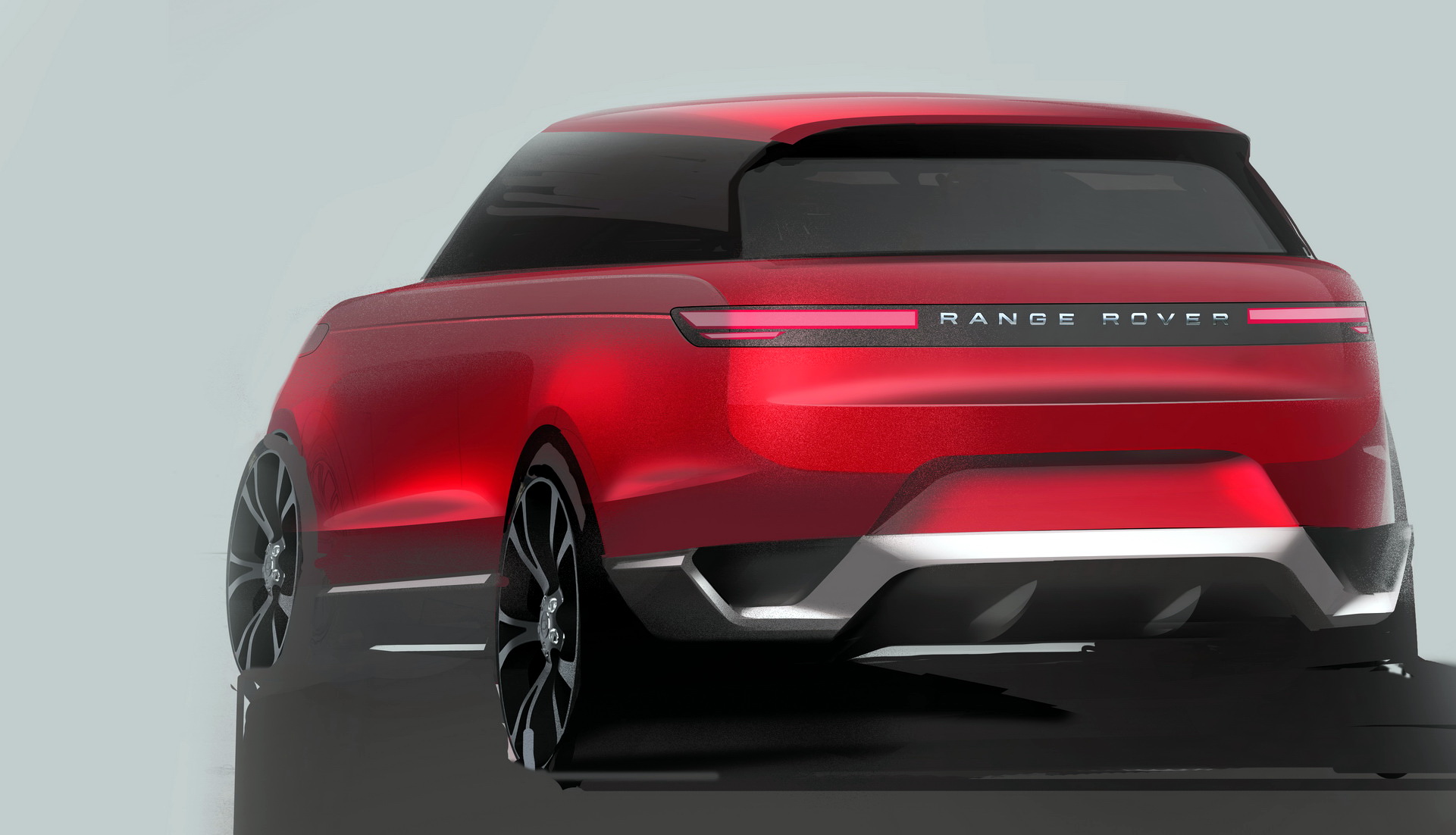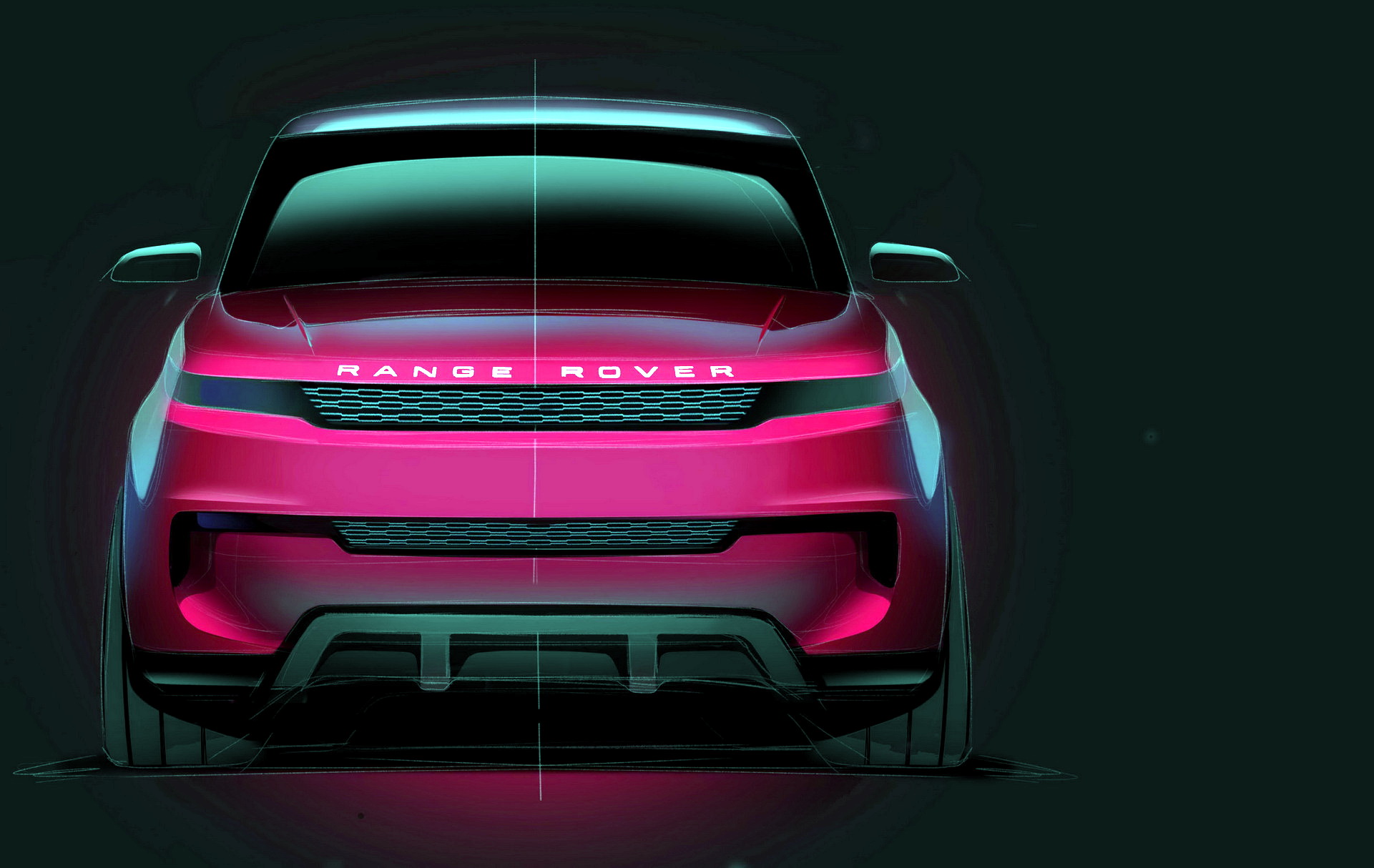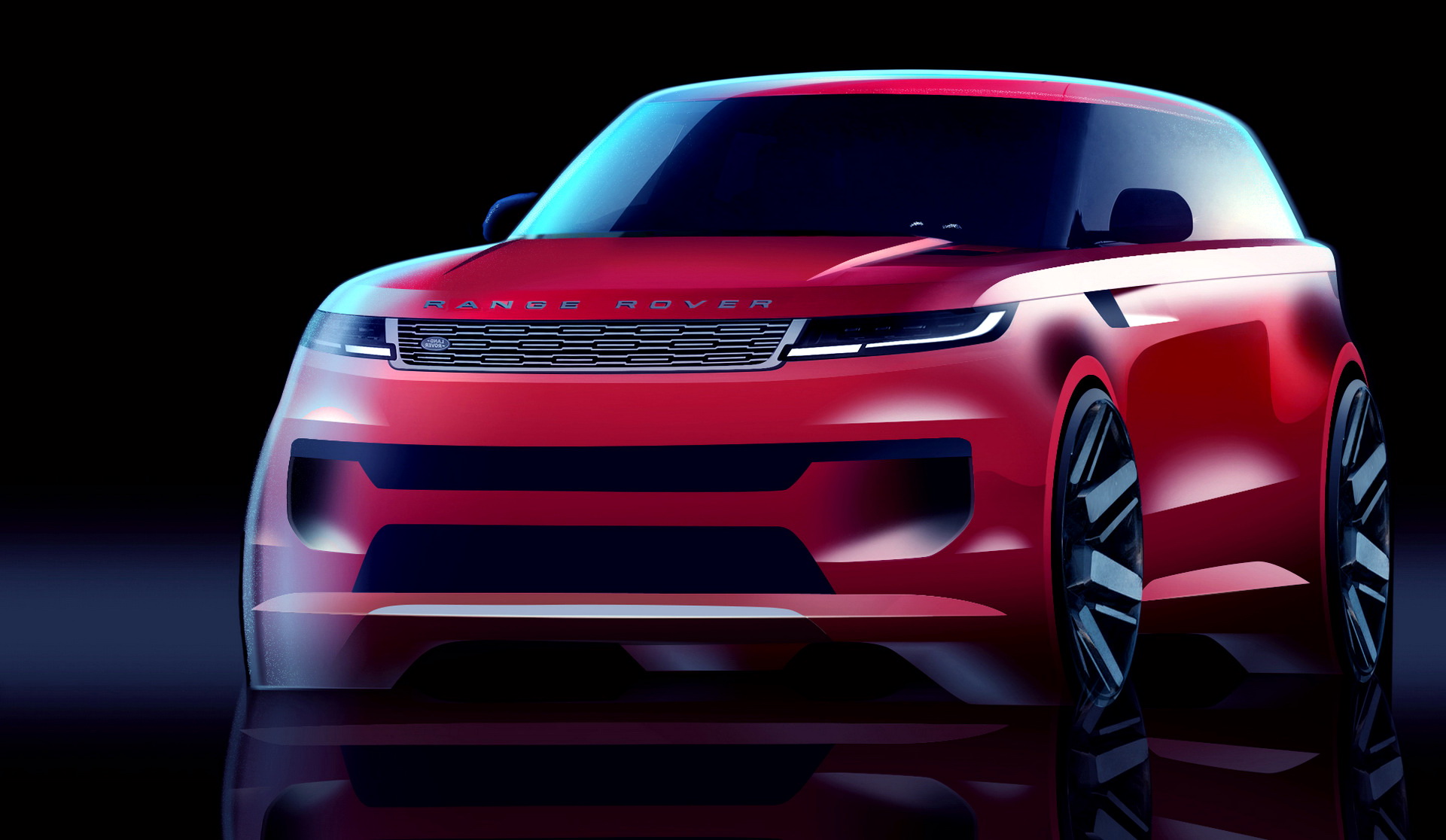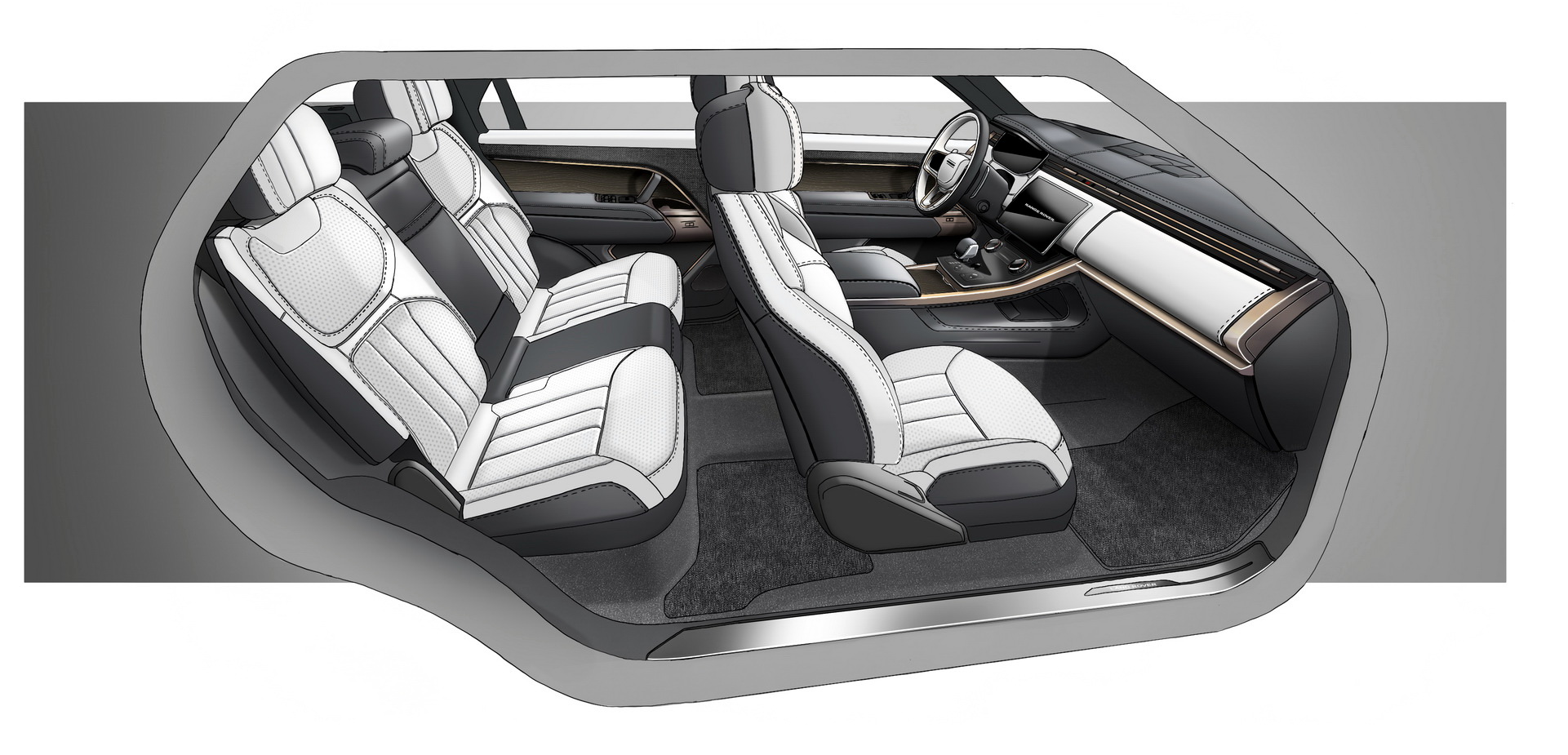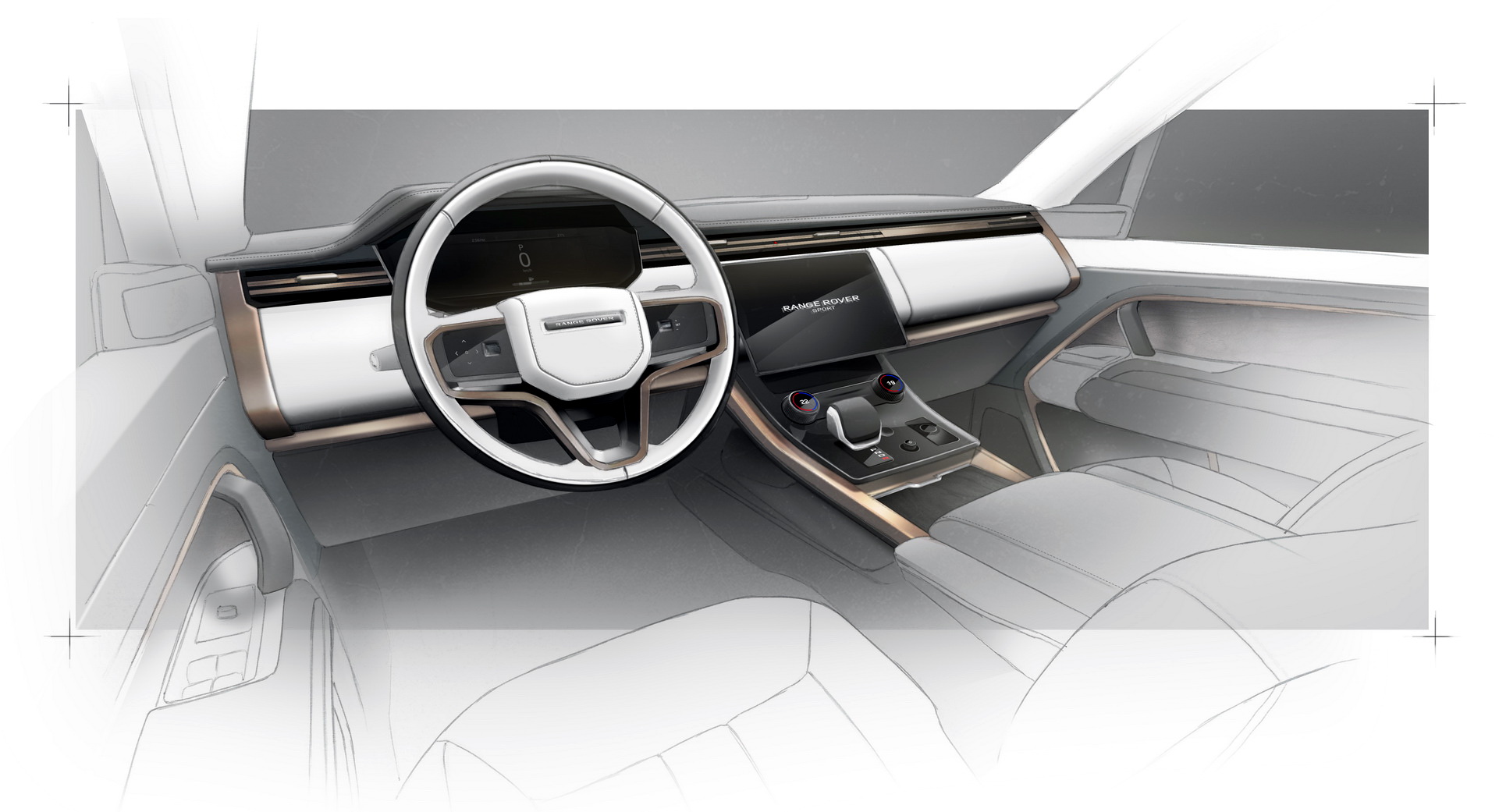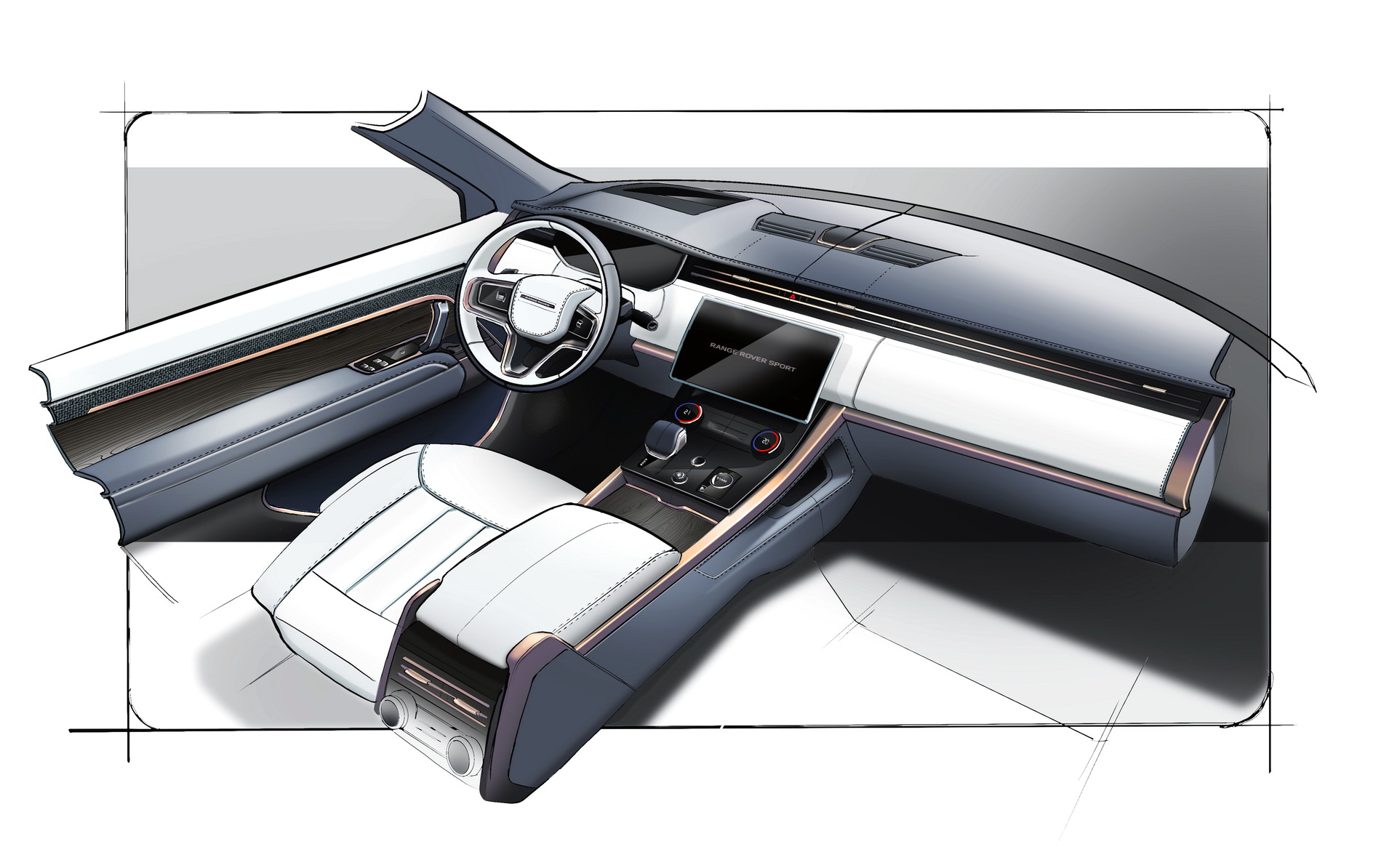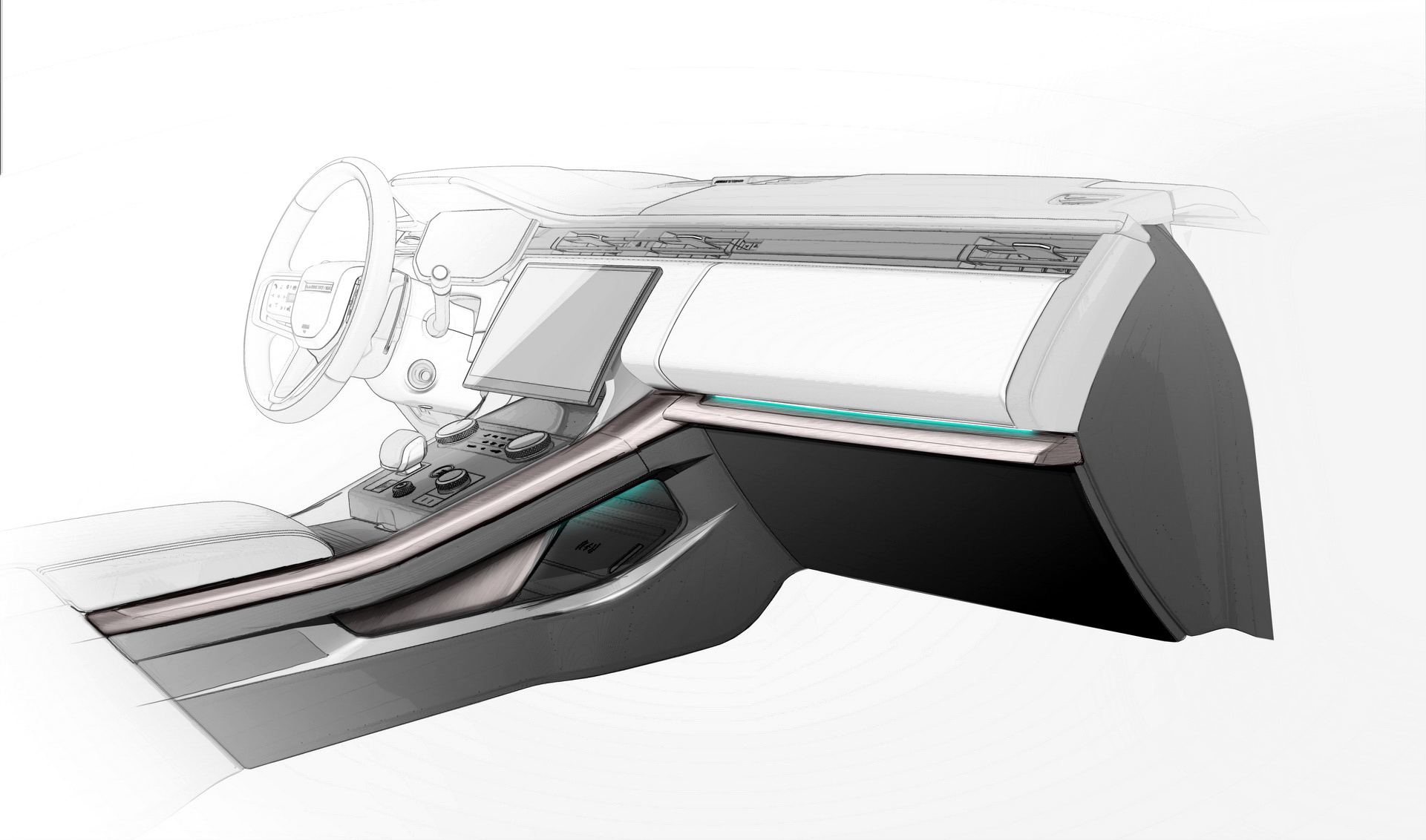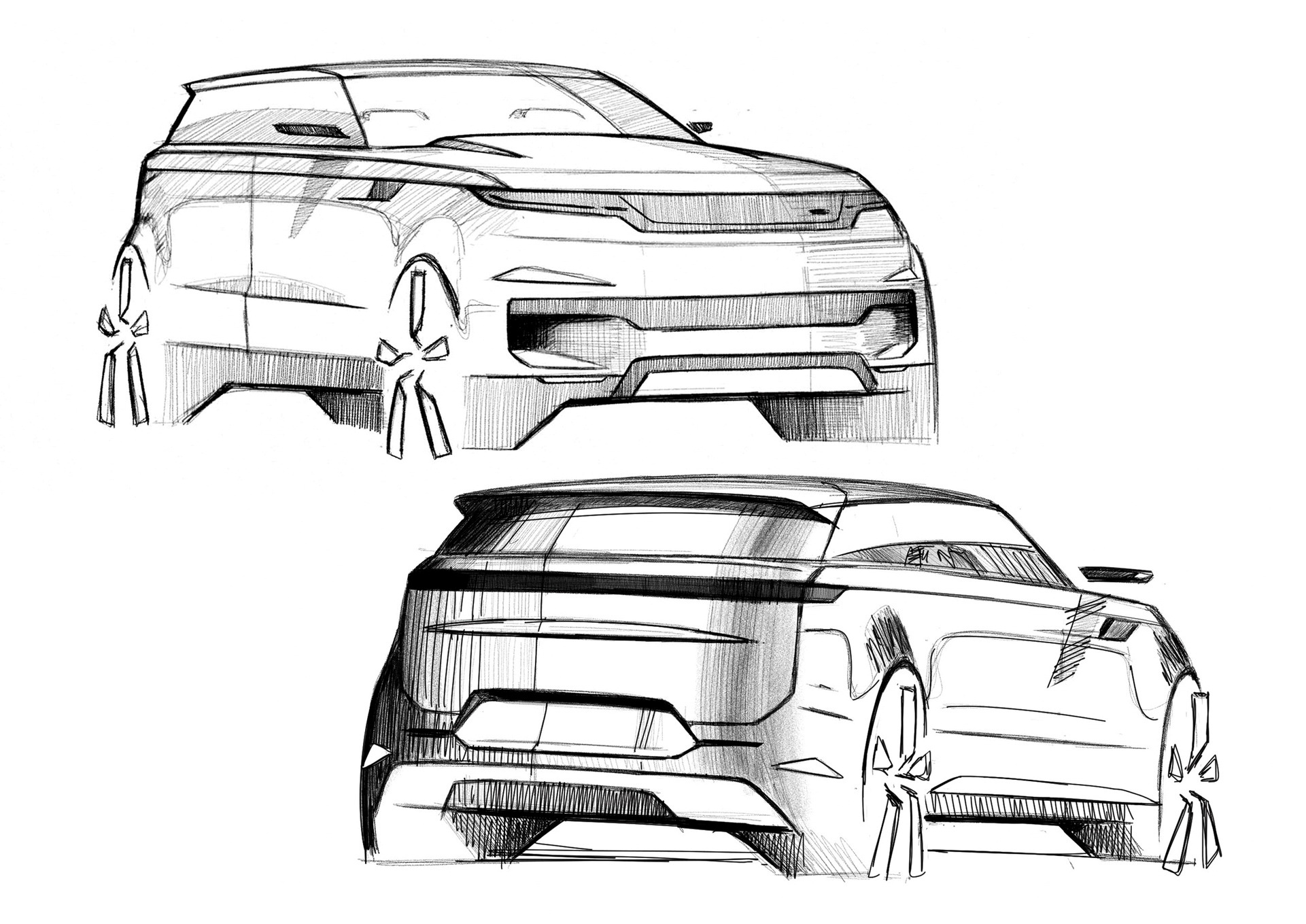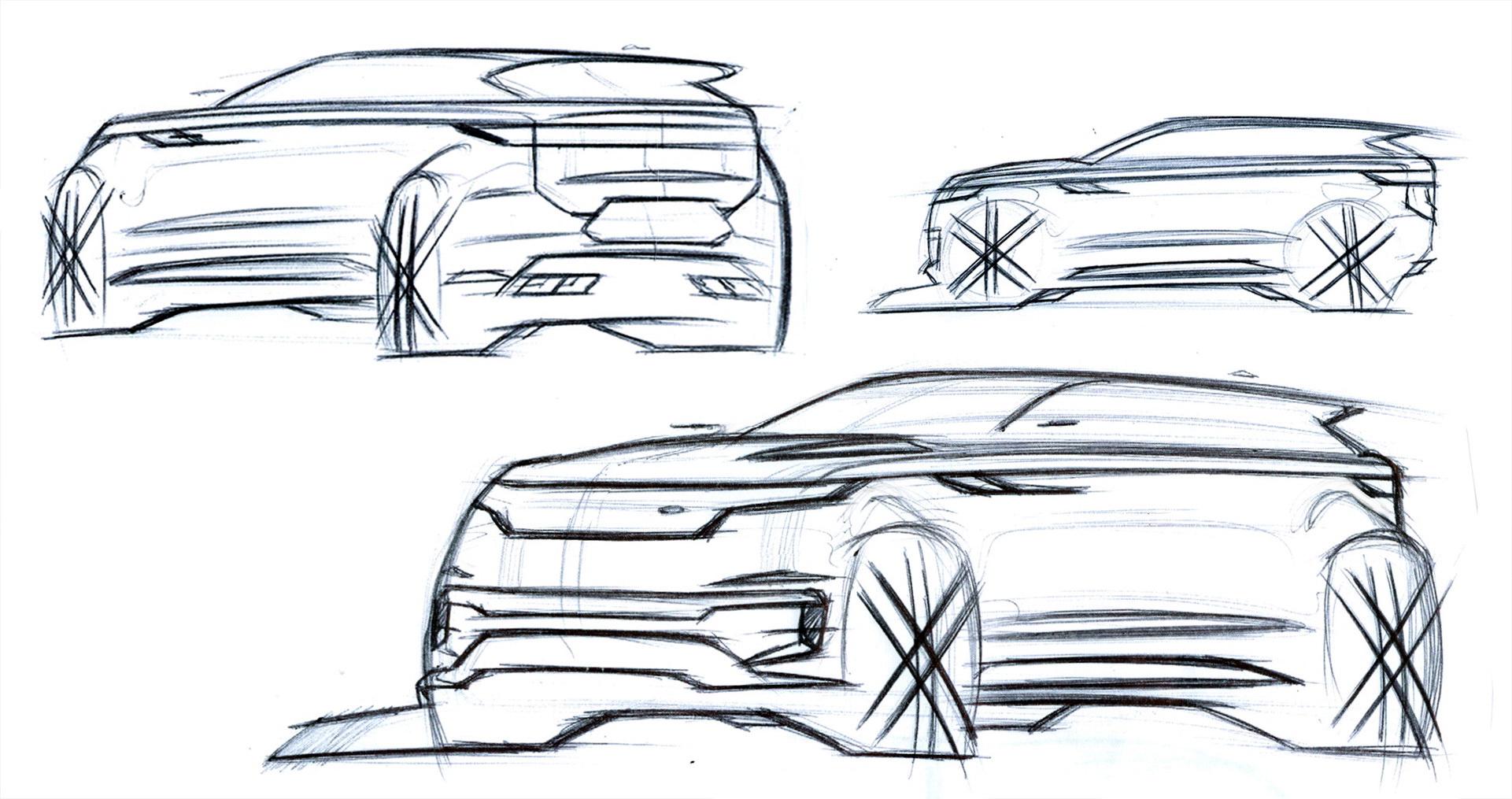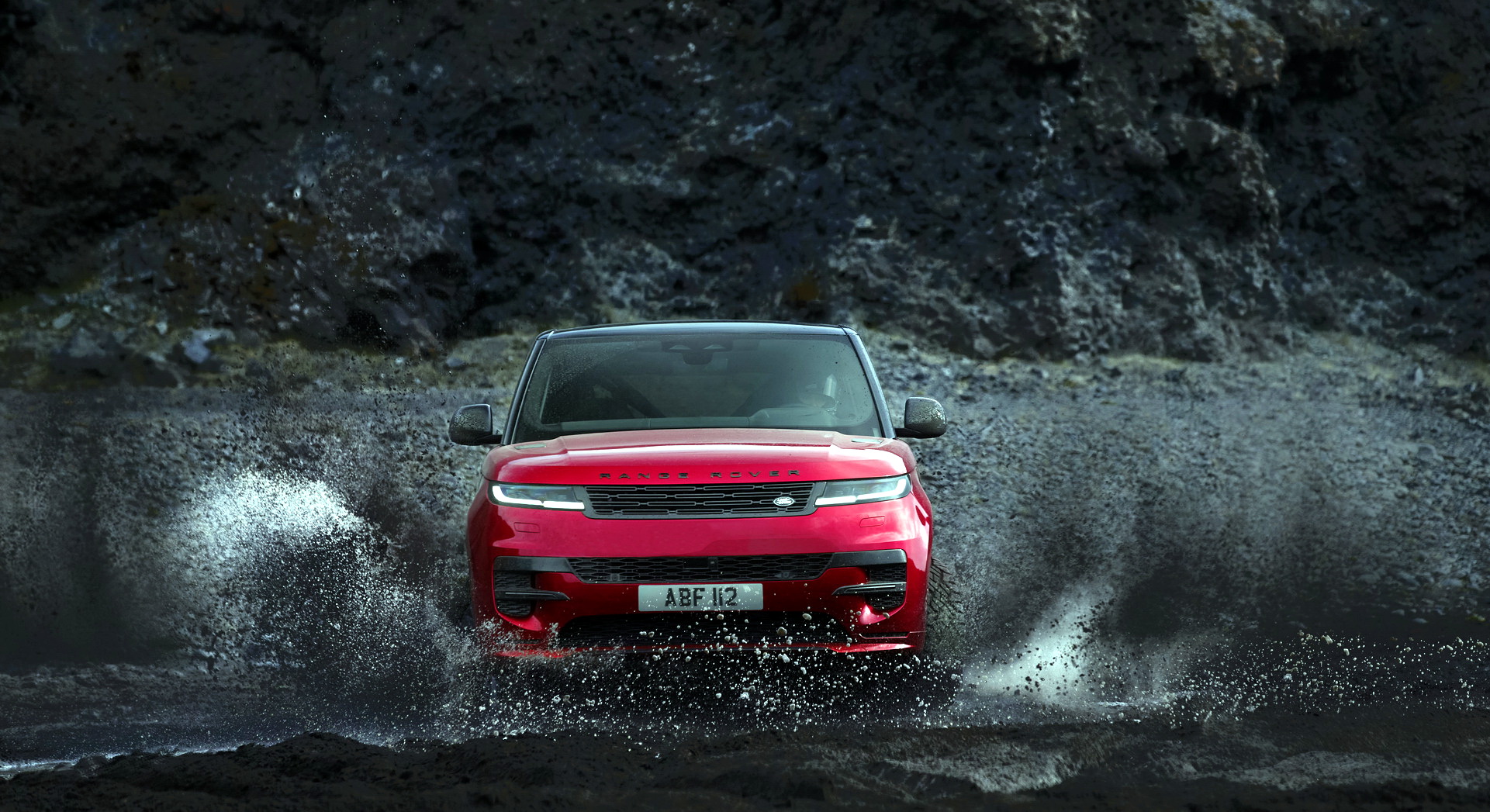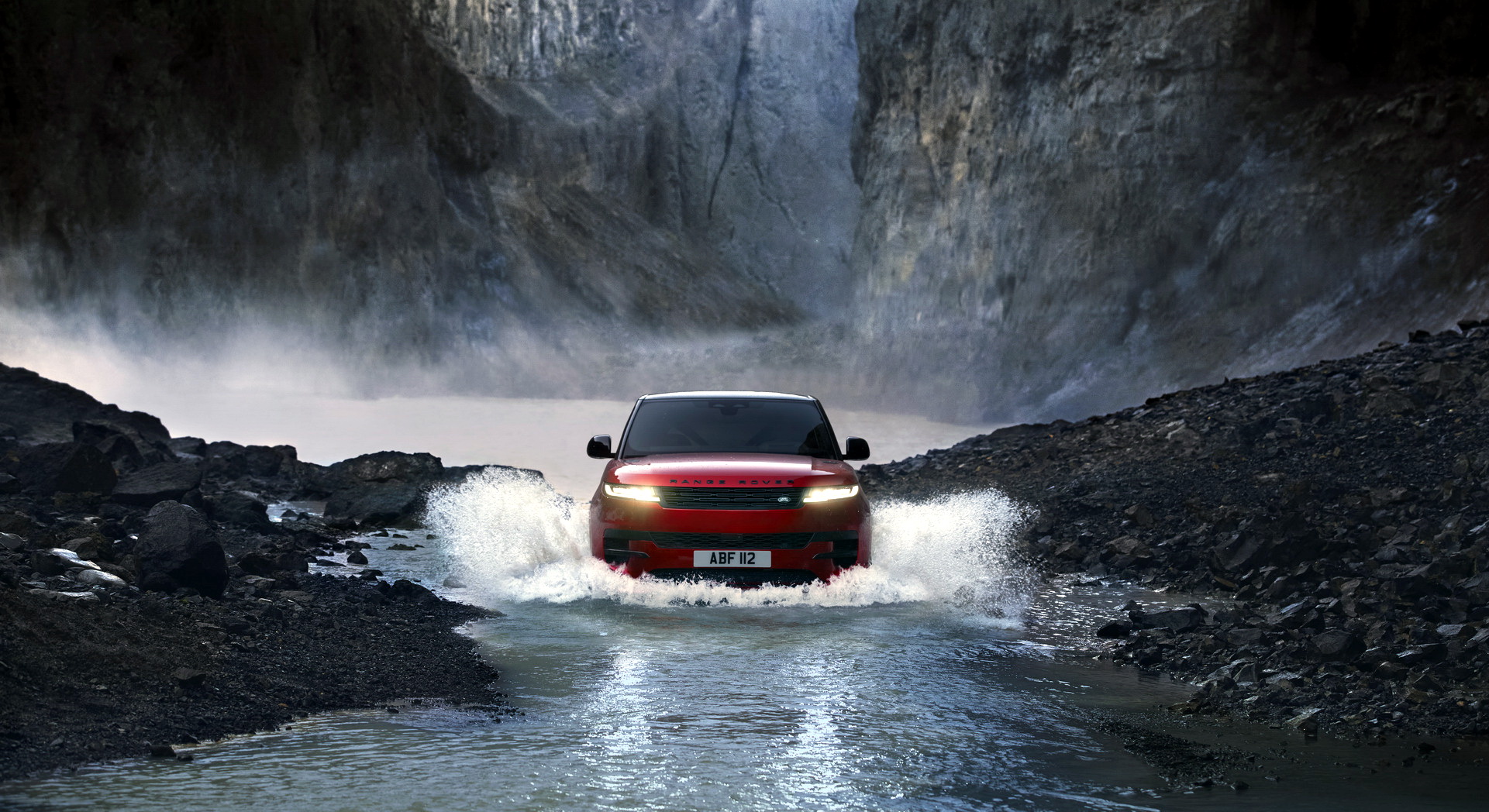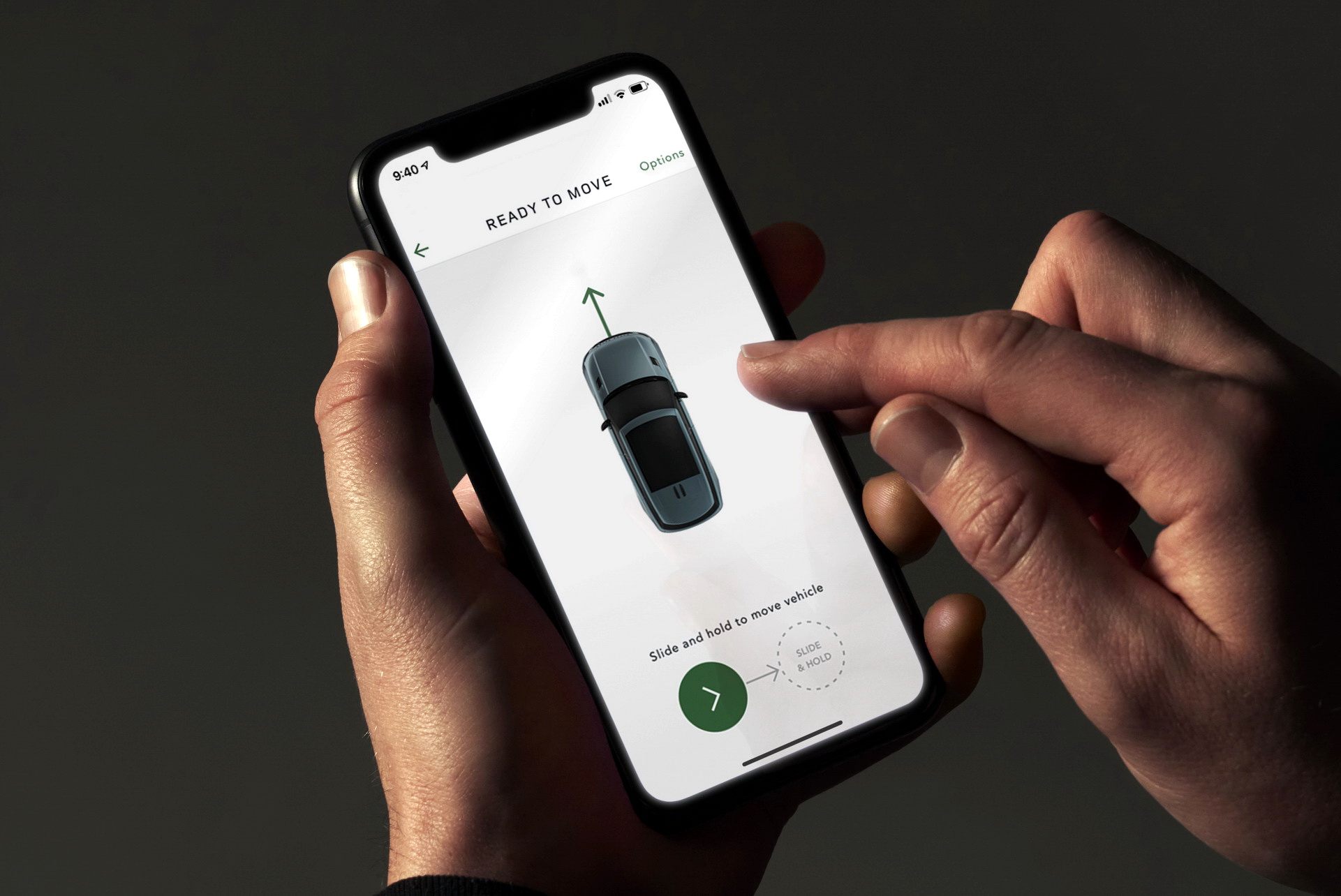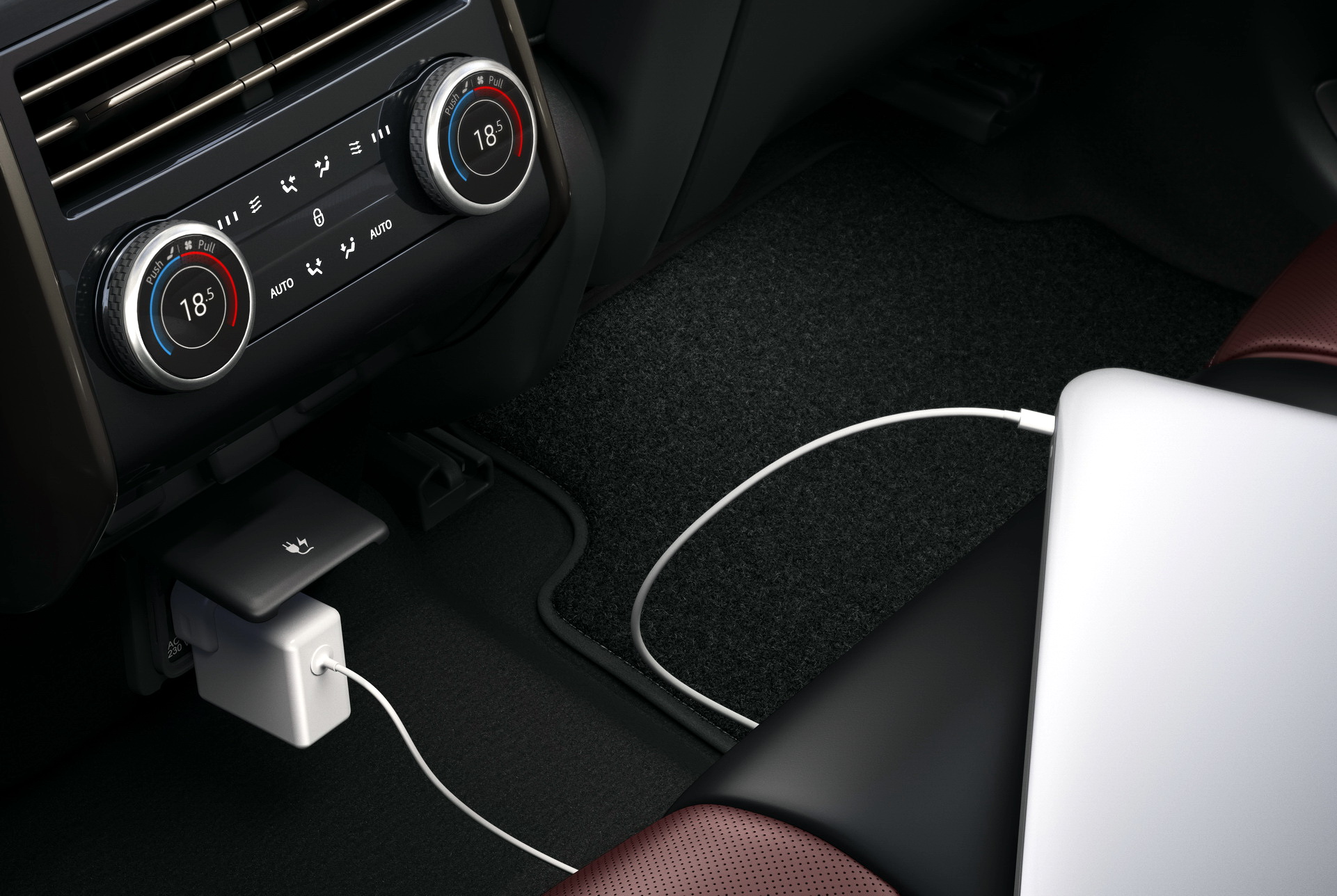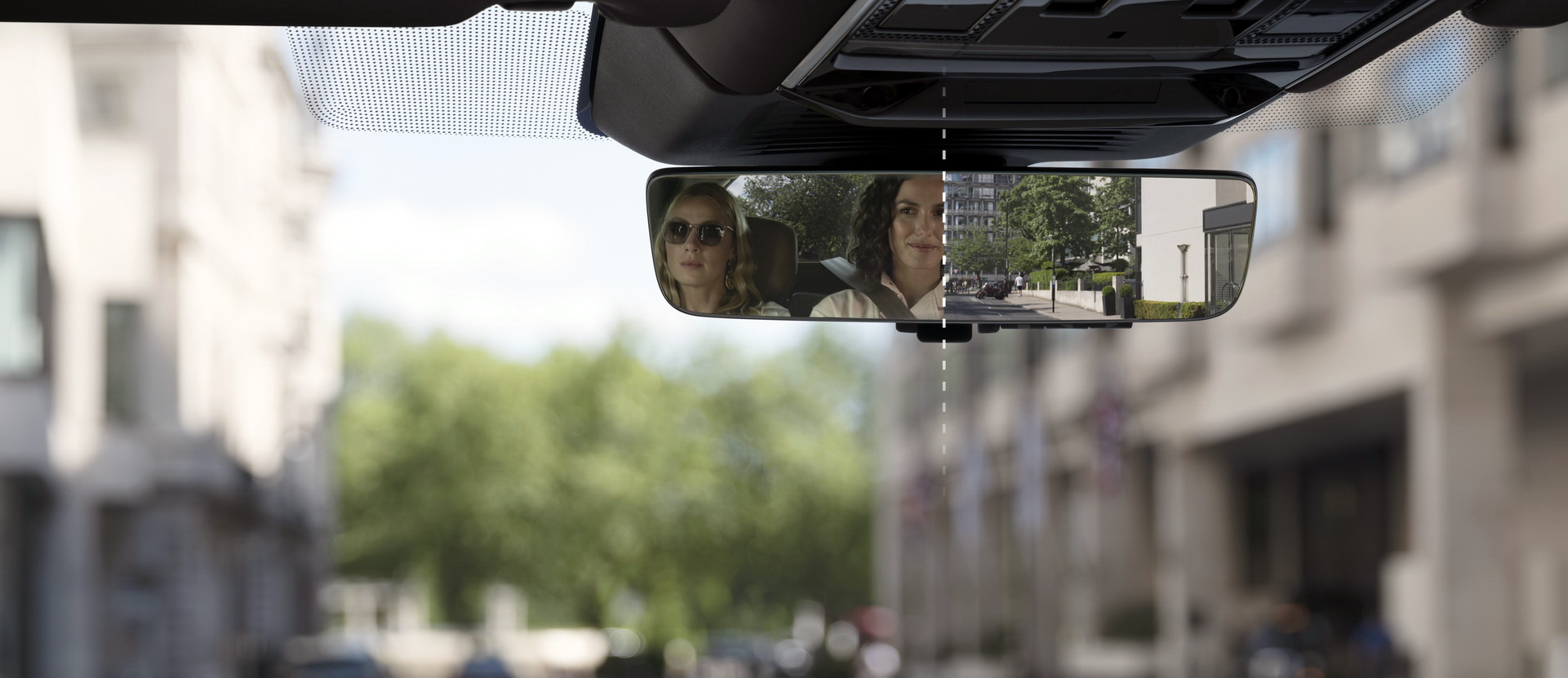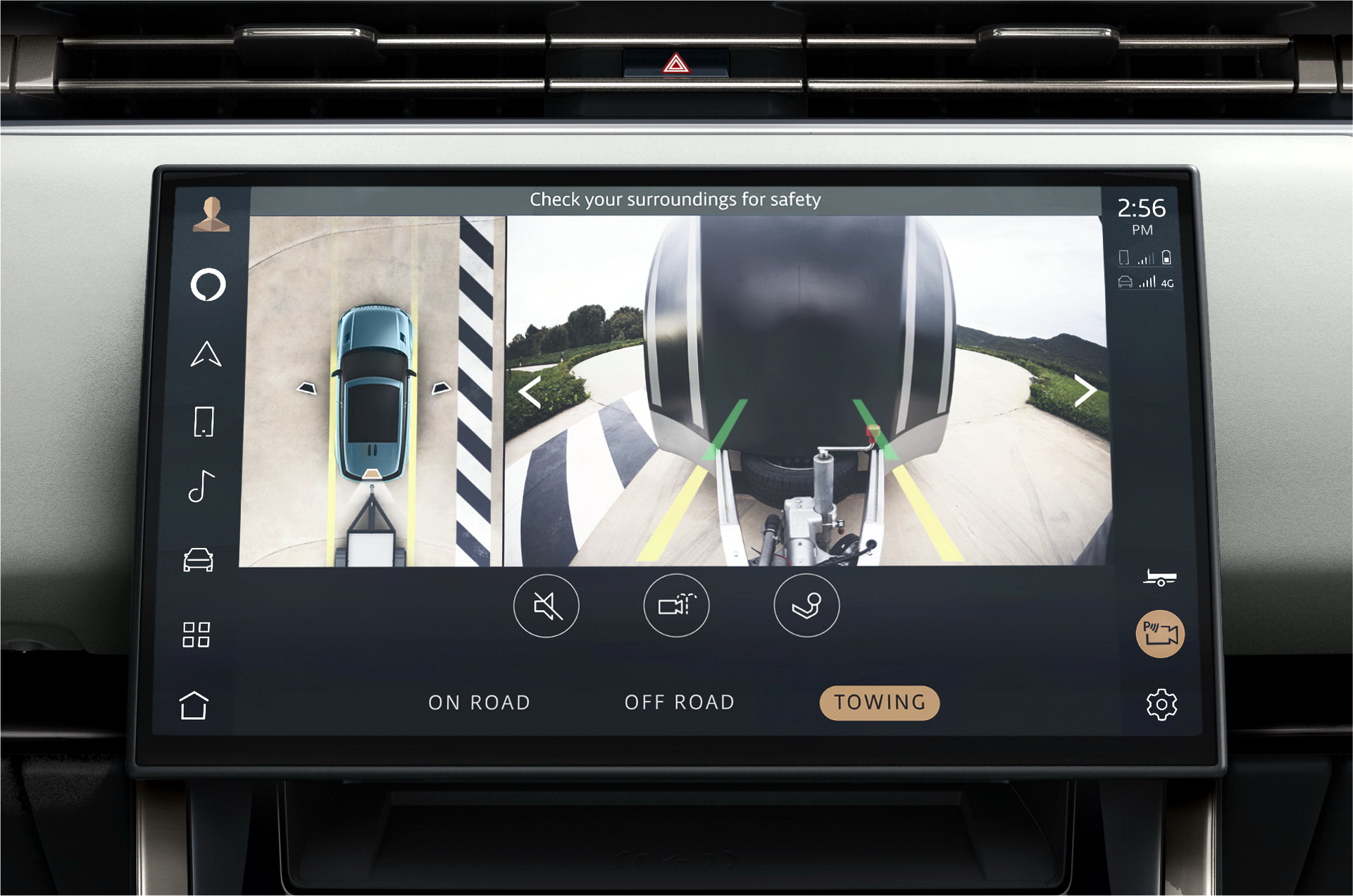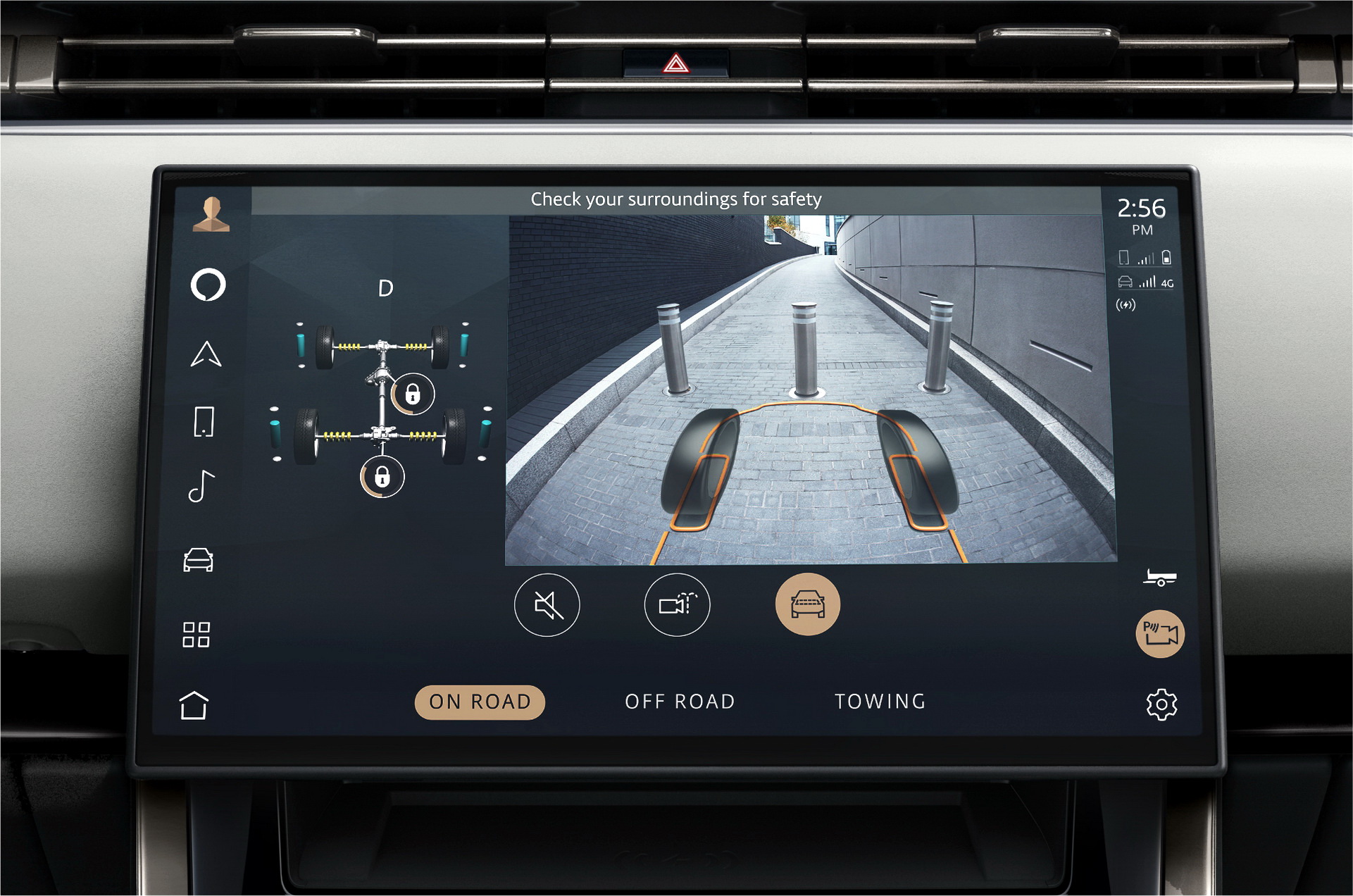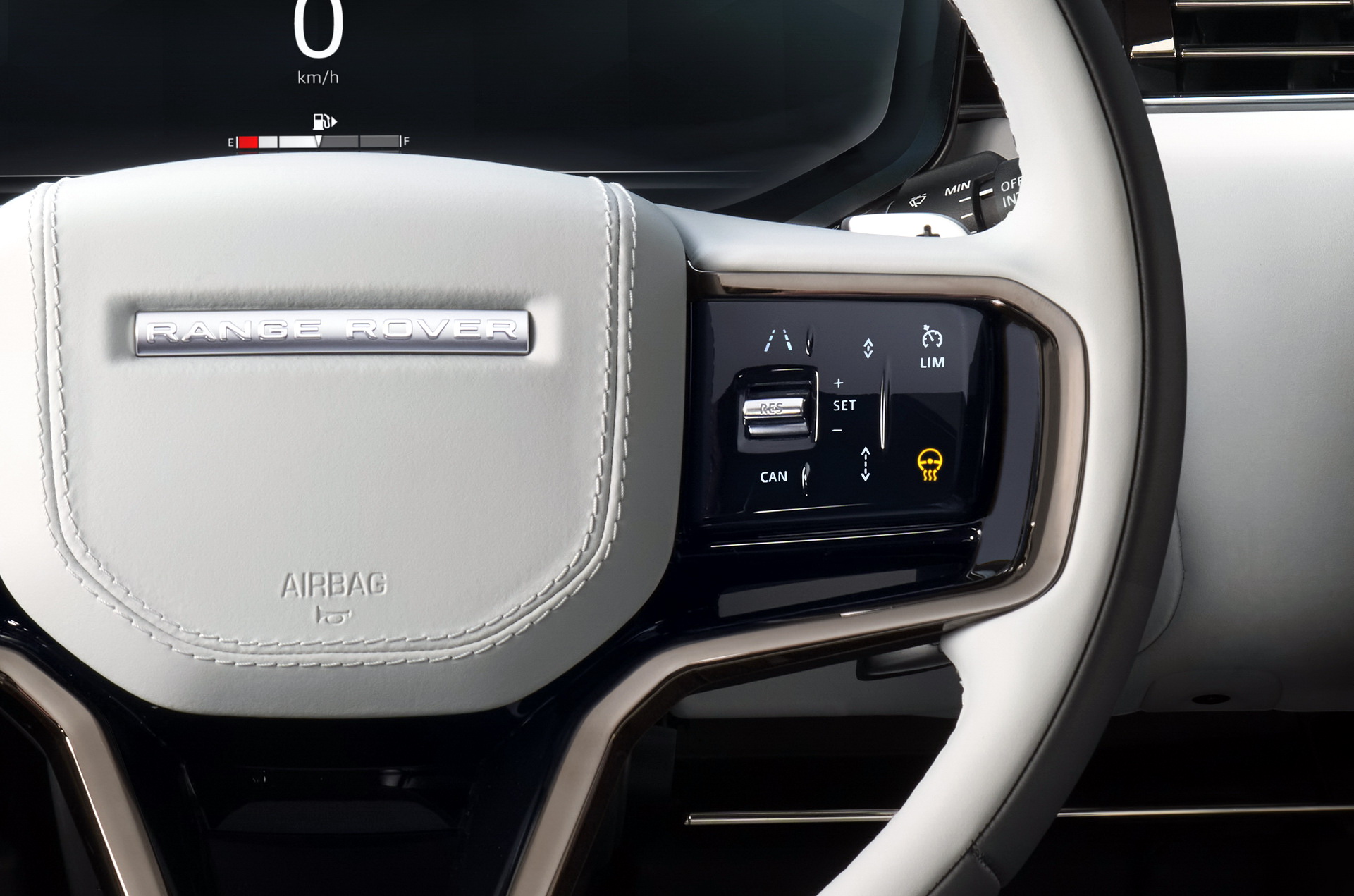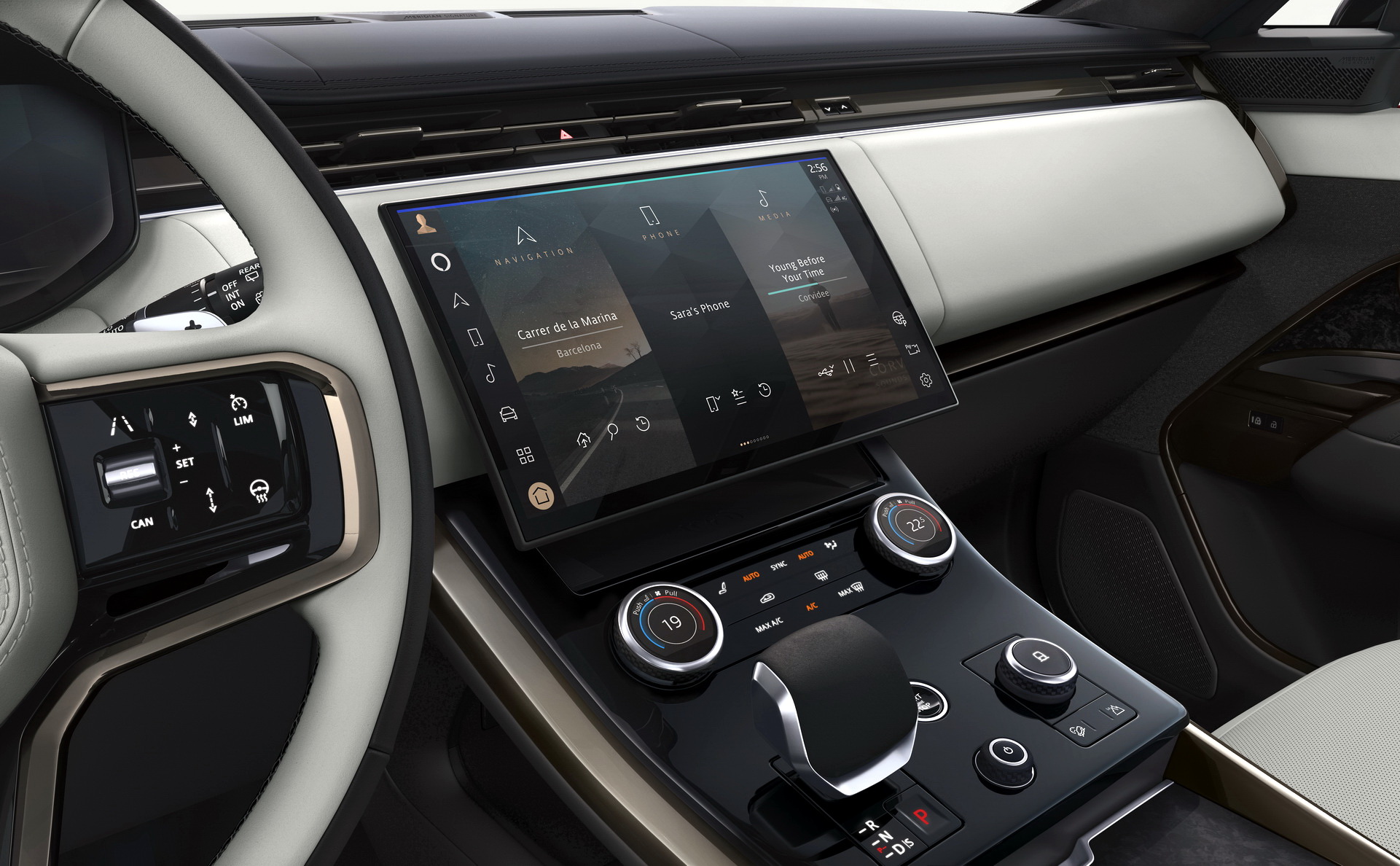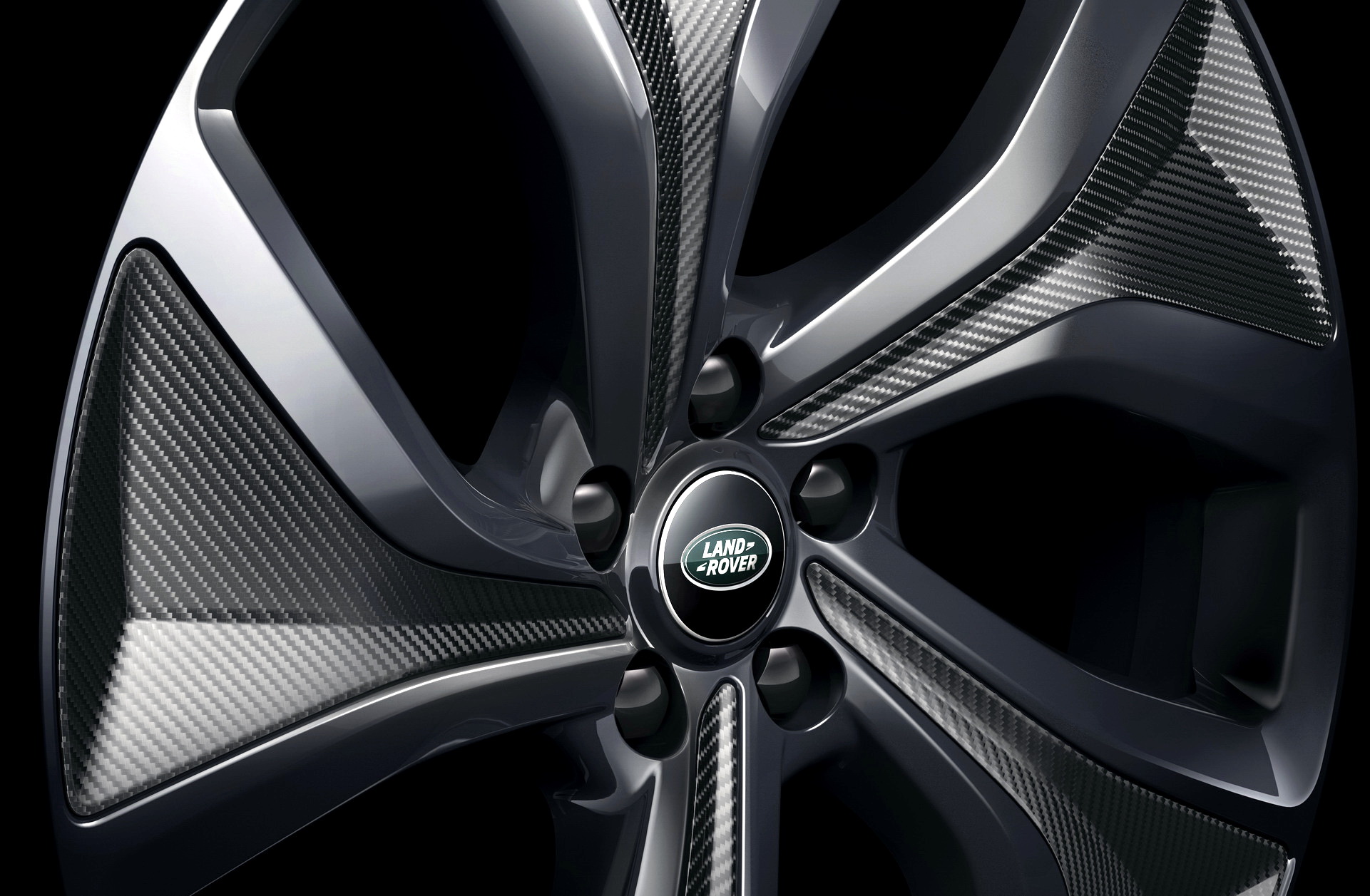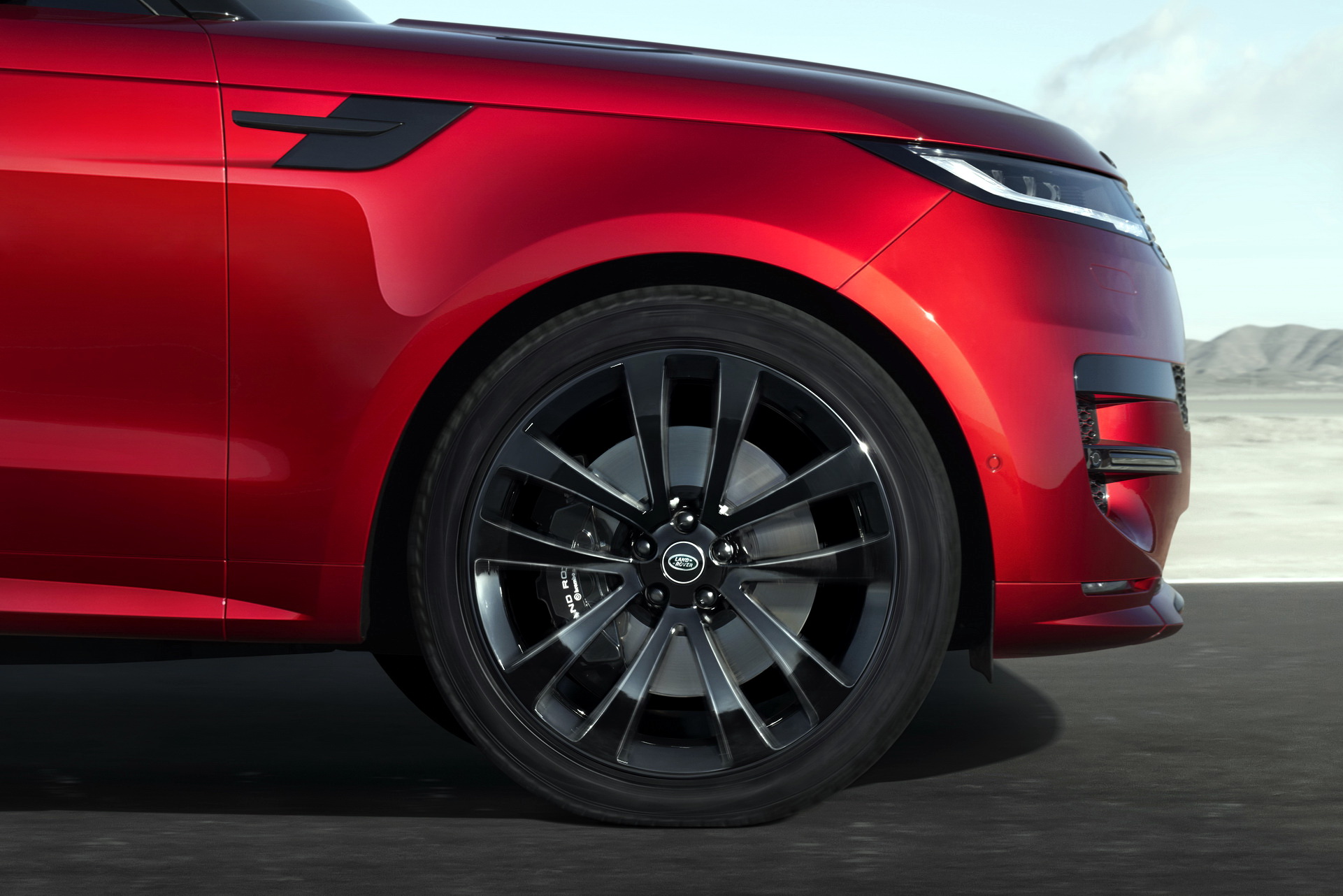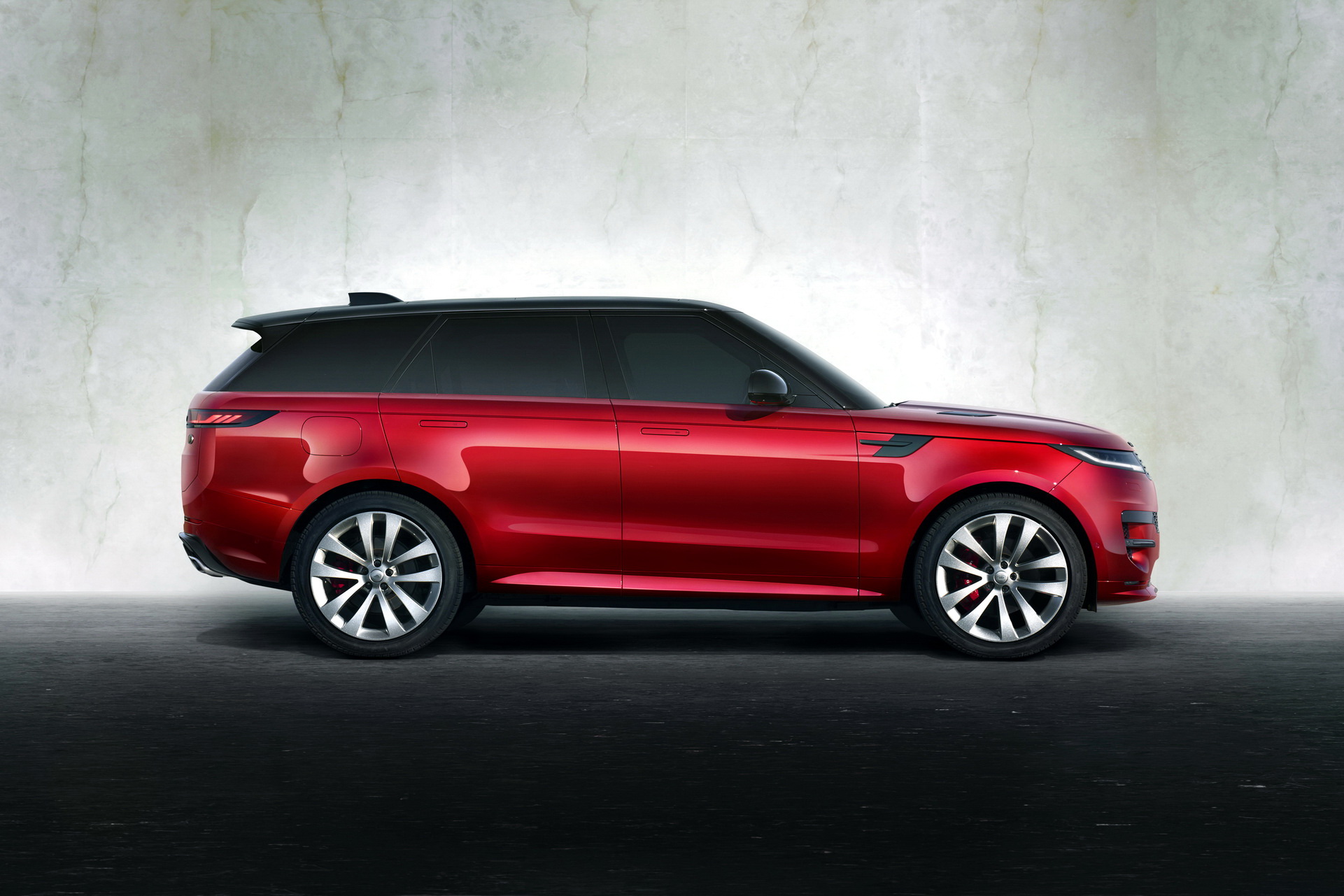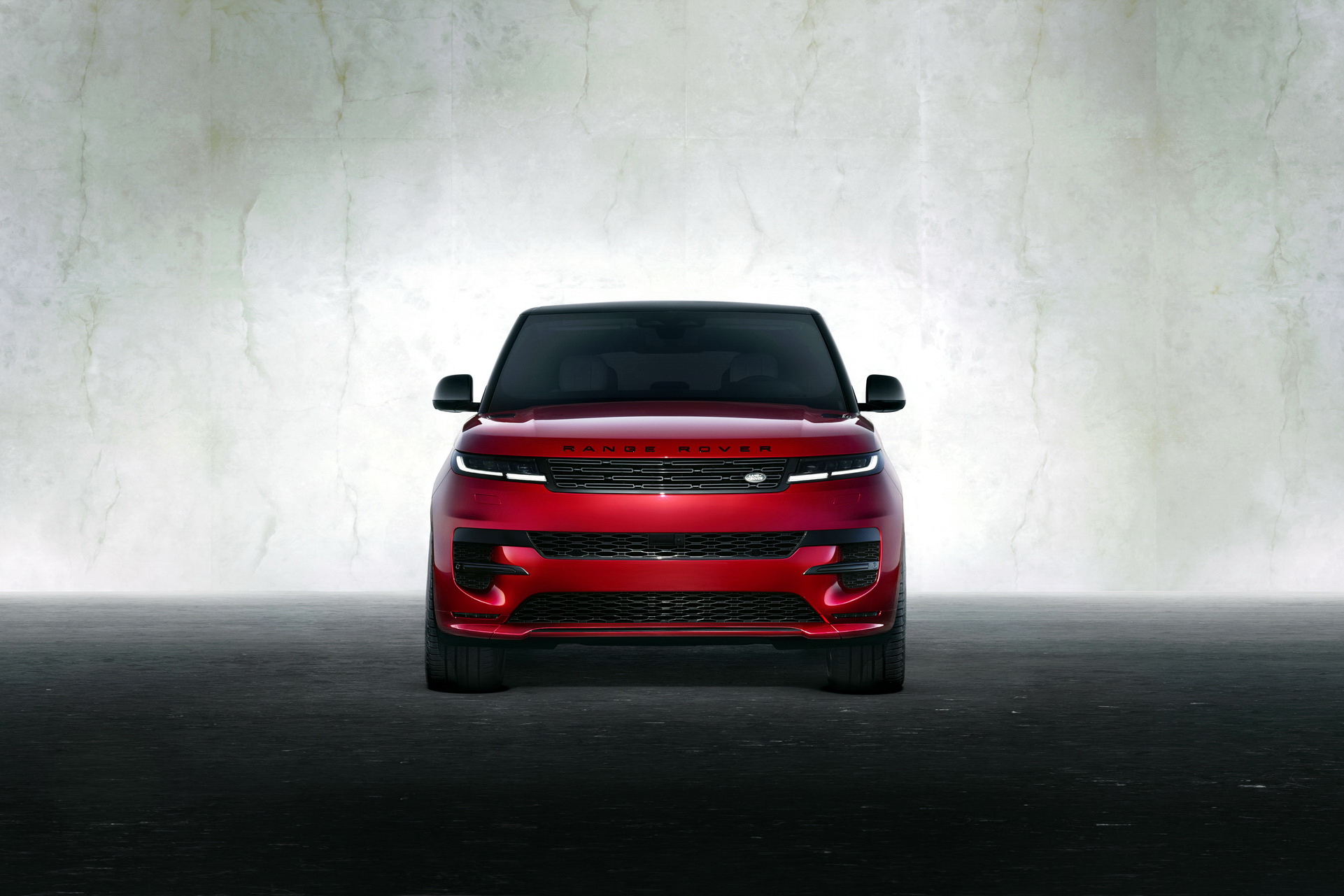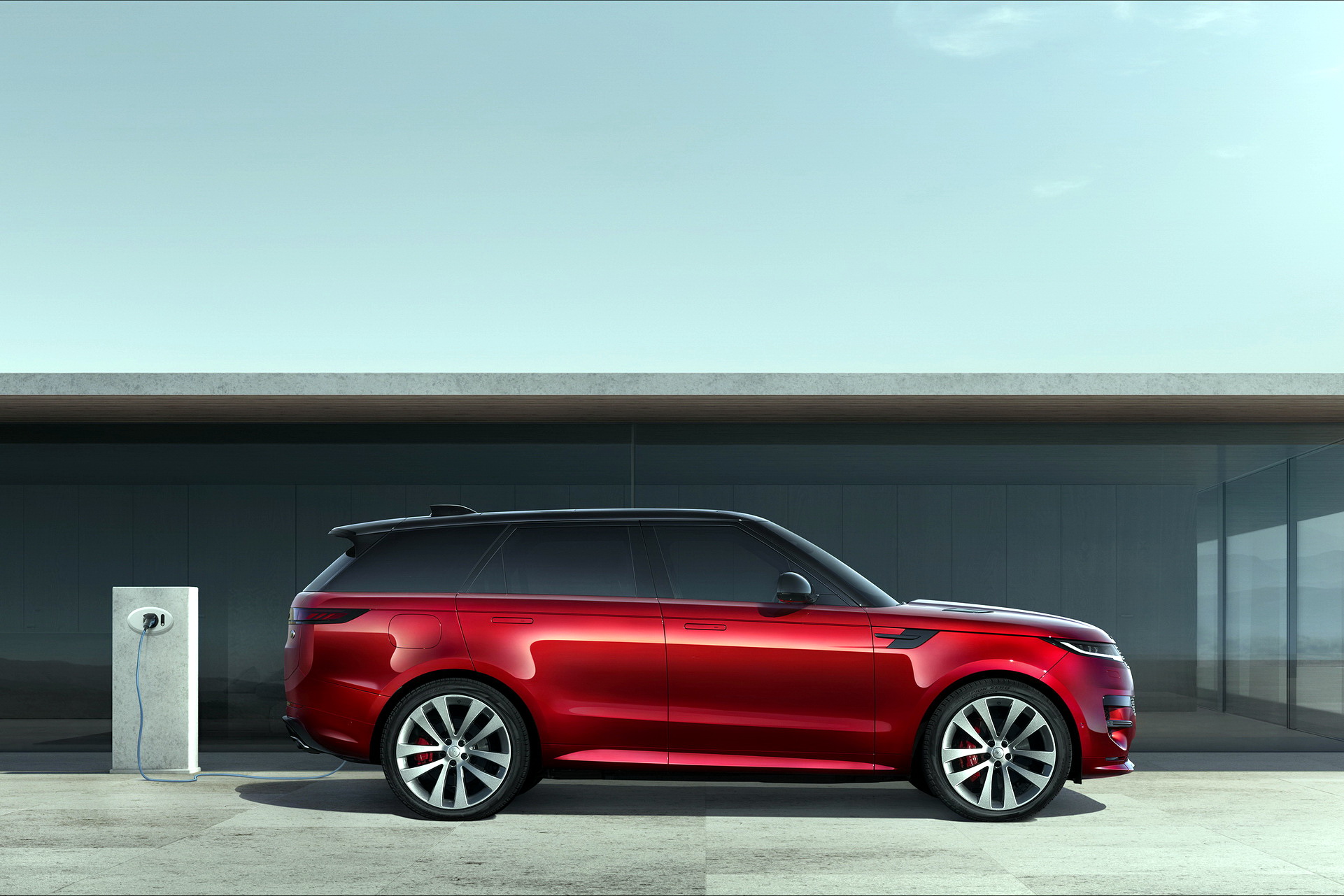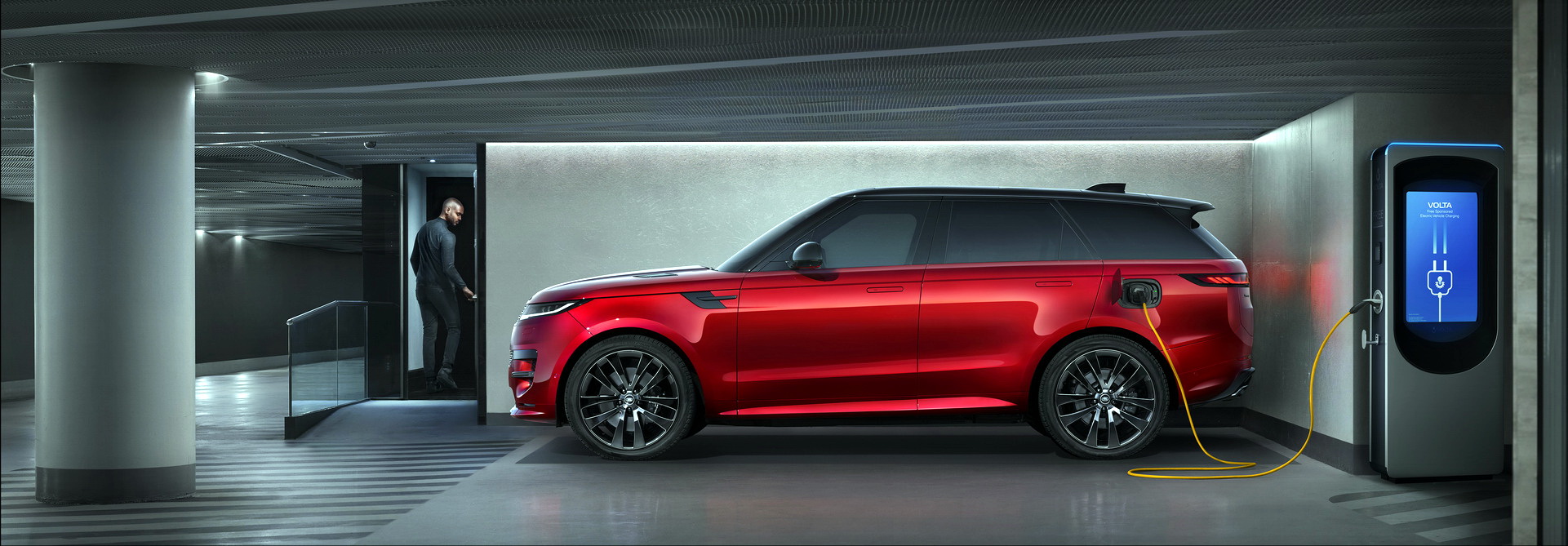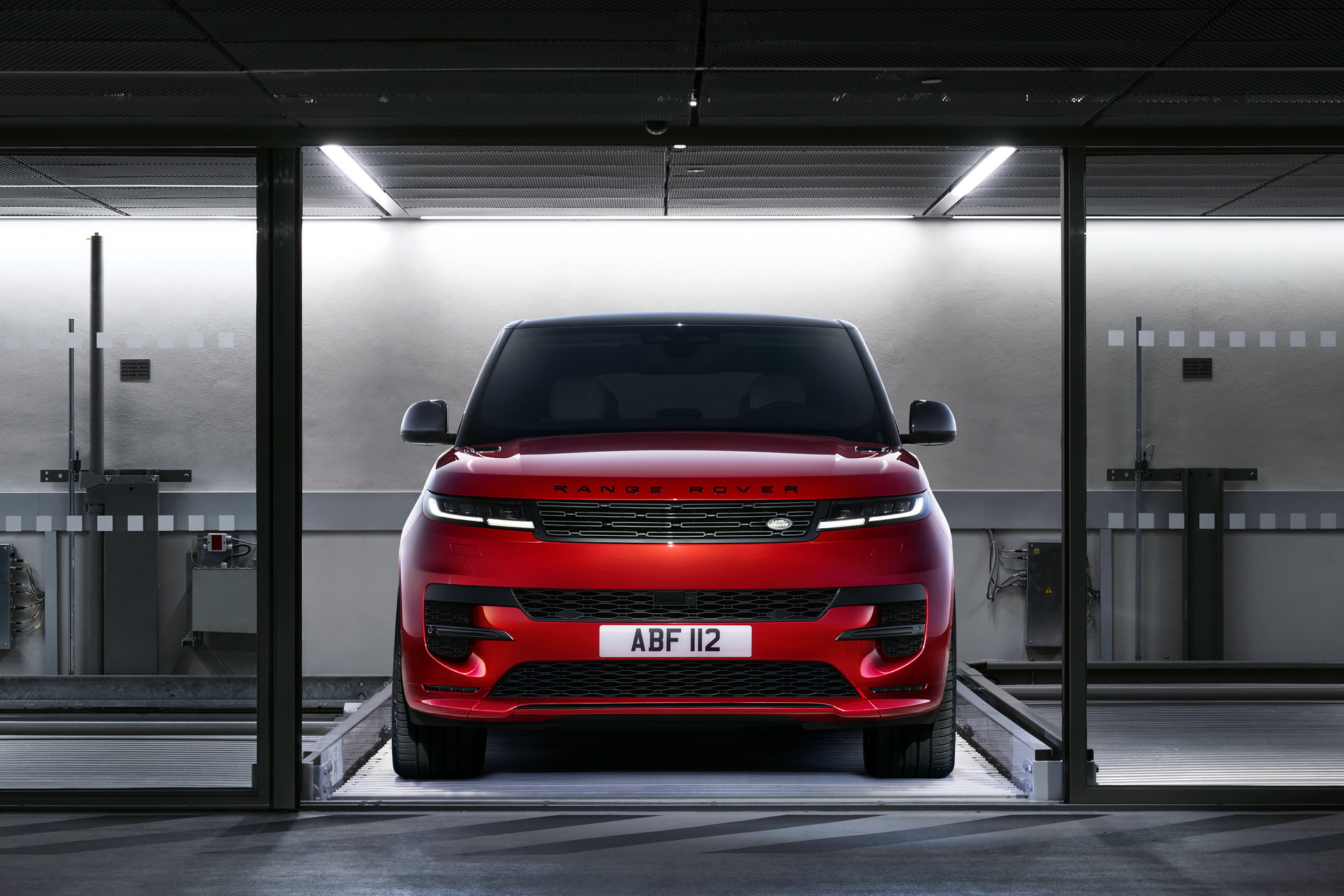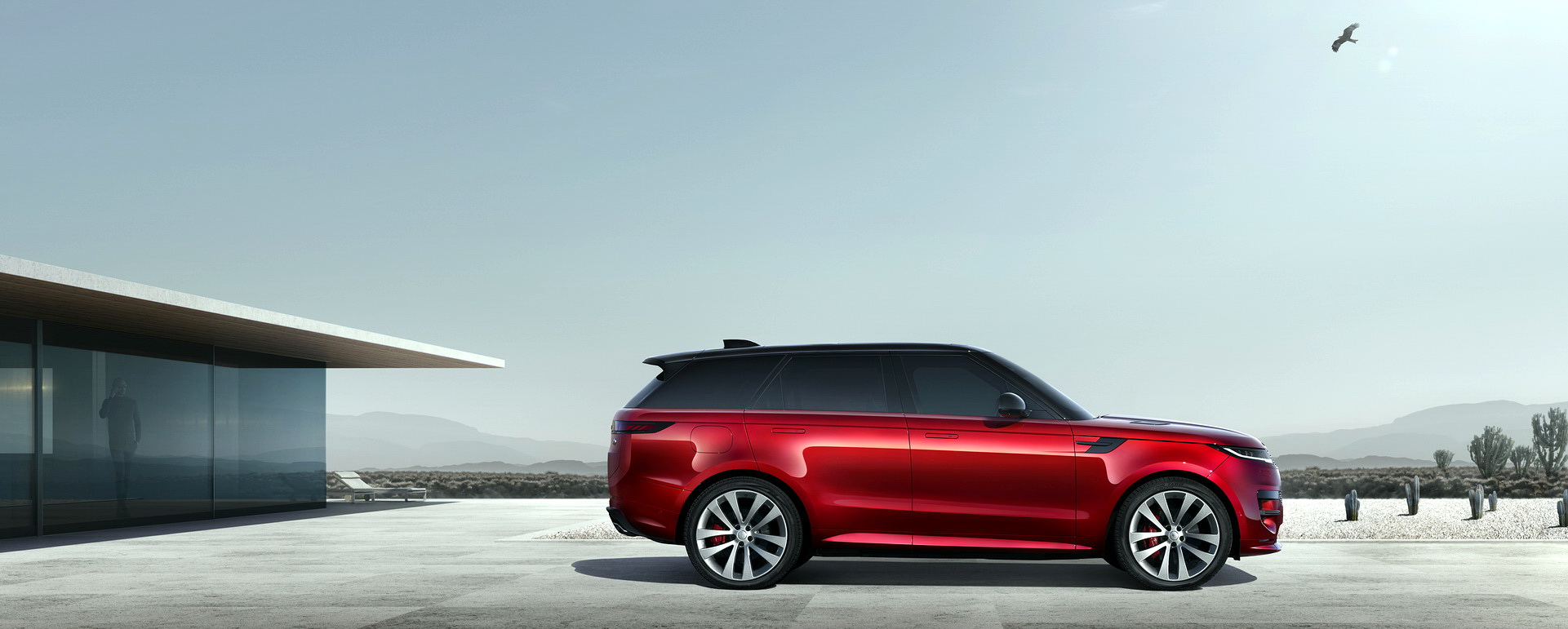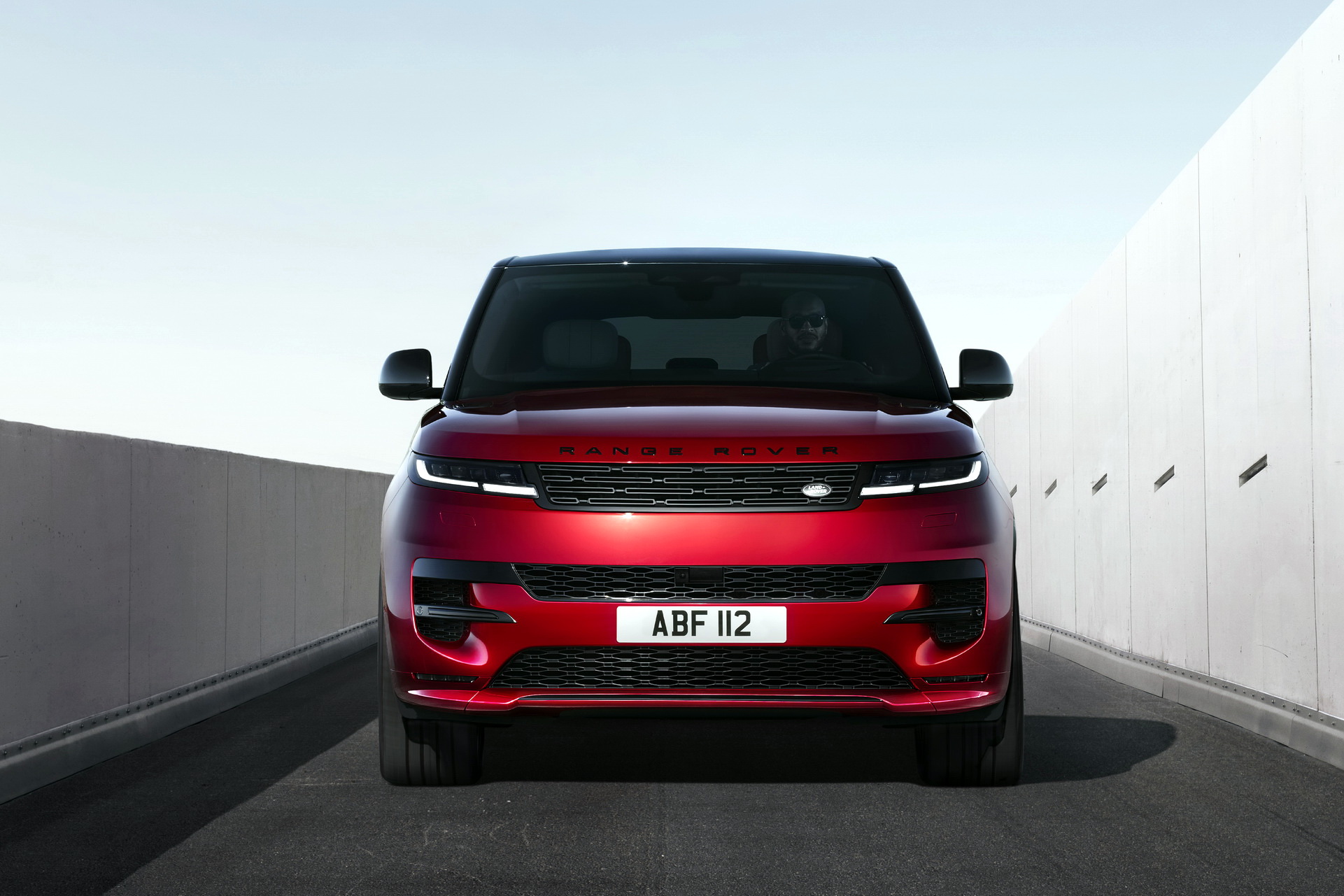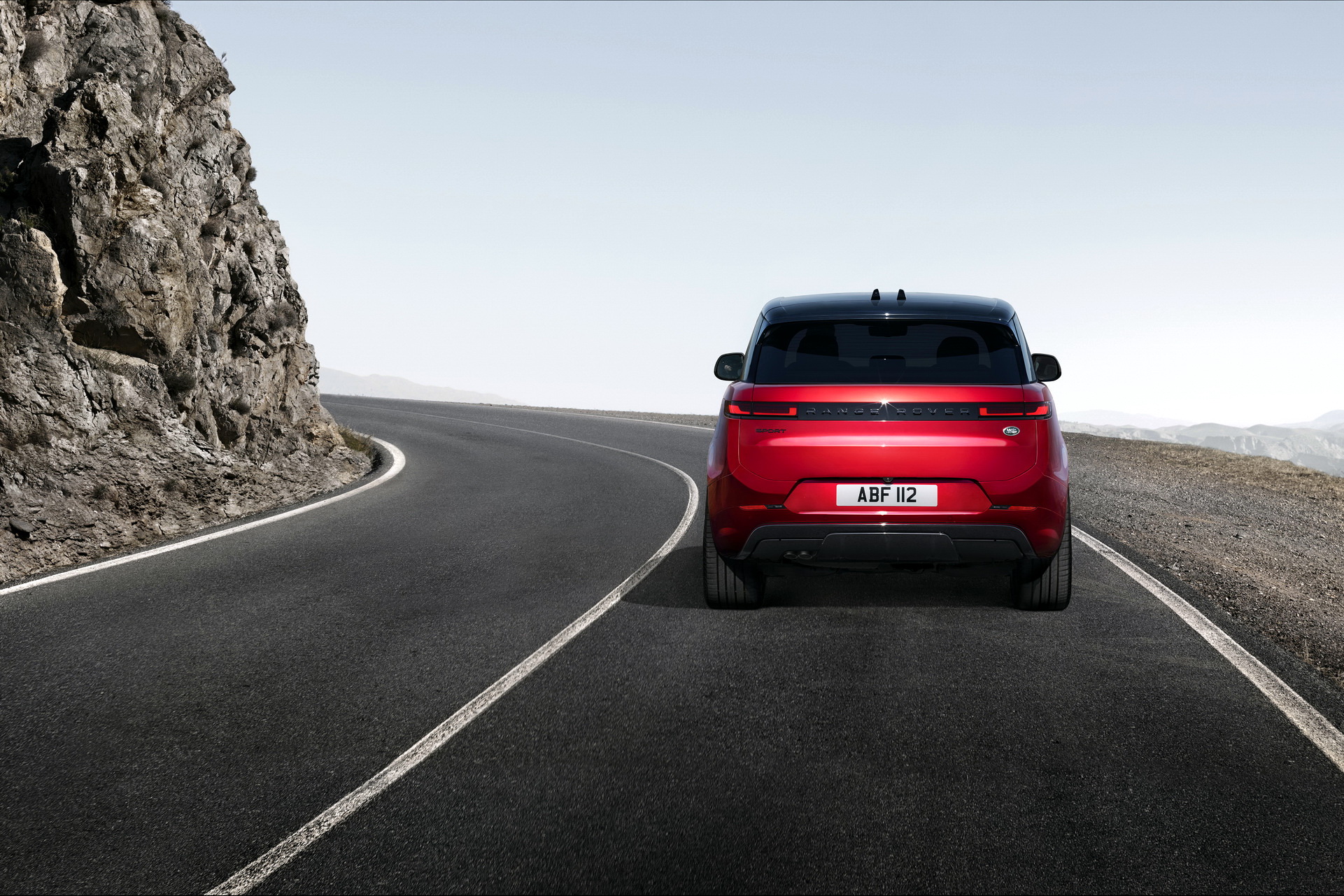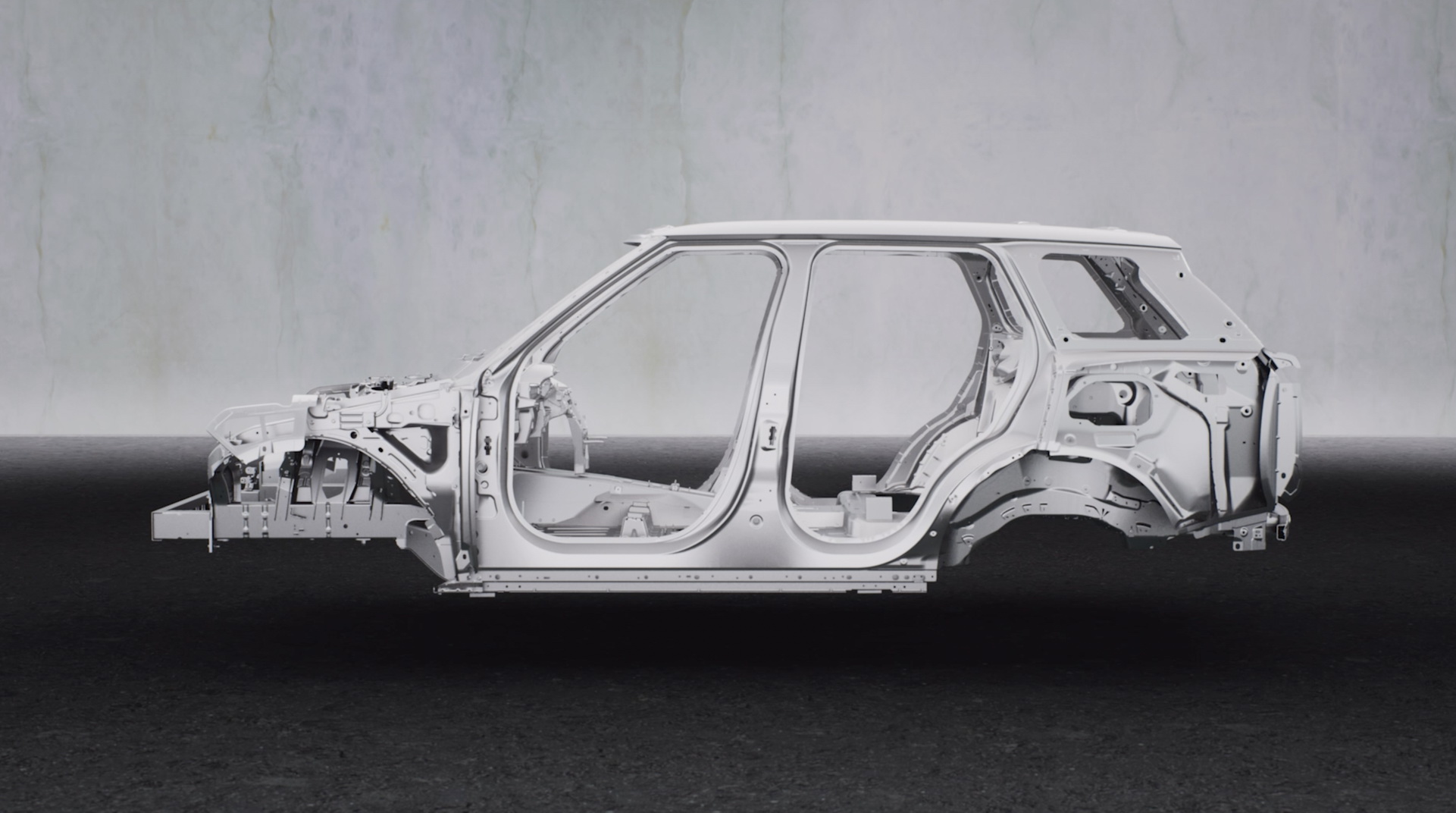Land Rover has unveiled the 2023 Range Rover Sport, and announced that the Porsche Cayenne rival will get an all-electric variant in 2024, becoming the brand’s first ever EV.
But even without the electric version in its lineup from launch the Sport makes big advances over its predecessor with a new BMW-derived 4.4-liter V8 and a choice of two PHEV powertrains that can take you up to 70 miles (113 km) on electric power.
Subtle design evolution
We’ve become accustomed to Range Rover models’ mostly low-key design updates and the third generation Range Rover Sport sticks to that rule, looking cleaner and more modern than the car it replaces without fundamentally changing the overall design. It borrows styling cues both from its recently introduced 2022 Range Rover big brother, and the older, smaller Evoque, including ultra-slim headlamps and pop-out door handles.
Related: Get An In-Depth Tour Of The All-New 2022 Range Rover
But sheer size differences apart, there’s less chance of confusing the three at the back, where the Sport houses its light clusters and “Range Rover” badging in one horizontal strip underneath the rear window, with the license plate mounted some way below the unadorned trunk lid.
More space, more screen, less noise
Inside, passengers are treated to increased legroom, available 22-way adjustable massage seats, an advanced air purification system, optional 1,430 W, 29-speaker Meridian hifi, active noise cancellation and 13.7 in digital instrument cluster. Much of the SUV’s many gadgets are controlled though the 13.1 in curved Pivo Pro touchscreen, though Land Rover’s decision to fit Amazon Alexa means the voice control should actually work better than it does in many cars.
Design-wise, there’s a clear connection between the interiors of the Sport and full-size Range Rover, but the Sport’s infotainment screen and the console below it are less upright, creating a reminder that the Sport is meant to be the performance car of the pair.
MLA-Flex platform is ready for 2024’s EV
Even that new rear design and interior treatment doesn’t reflect how much has changed beneath the surface, and we’re not just talking about the 2.1 in (54 mm) of extra wheelbase that pushes the distance between the wheels to 117.2 in (2,977 mm). Like the 2022 Range Rover, the ’23 Sport rides on Land Rover’s MLA-Flex platform, an architecture designed for EV, PHEV and mild-hybrid vehicles, and a key weapon in the company’s plan to roll out six pure electric models in the next four years.
From launch though, the Sport’s mix of gasoline, diesel and plug-in hybrid options highlights a desire to keep customers with more traditional powertrain tastes happy. We’ve concentrated on the motors available in Europe and North America, and the good news for drivers who appreciate mechanical refinement is that the old car’s four-cylinder engines have been junked for inline sixes, with a V8 available for performance gluttons.
Every engine drives all four wheels through an eight-speed ZF automatic transmission, though the Intelligent All-Wheel Drive system is able to decouple the front axle to improve efficiency when it senses there’s enough grip to get by with two-wheel drive.
North American Engine Lineup › ›
› P360 3.0 I6 turbo mild-hybrid, 355 hp/360 PS, 369 lb-ft/500 Nm, 0-60 5.7sec
› P400 3.0 I6 turbo mild-hybrid, 395 hp/400 PS, 406 lb-ft/550 Nm, 0-60 5.4sec
› P440e 3.0 I6 turbo PHEV, 434 hp/440 PS, 457 lb-ft/620 Nm, 0-60 5.5sec
› P530 4.4 V8 turbo, 523 hp/530 PS, 553 lb-ft/750 Nm, 0-60 4.3sec
European Engine Lineup › ›
• P400 3.0 I6 turbo mild-hybrid, 395 hp/400 PS, 406 lb-ft/550 Nm, 0-60 5.4sec
• P530 4.4 V8 turbo, 523 hp/530 PS, 553 lb-ft/750 Nm, 0-60 4.3sec
• P440e 3.0 I6 turbo PHEV, 434 hp/440 PS, 457 lb-ft/ 620 Nm, 0-60 5.5sec
• P510e 3.0 I6 turbo PHEV, 503 hp/510 PS, 516 lb-ft/ 700 Nm, 0-60 5.2sec
• D300 3.0 I6 diesel MH, 296 hp/300 PS, 479 lb-ft/650 Nm, 0-60 6.3sec
• D350 3.0 I6 diesel MH, 345 hp/350 PS, 516 lb-ft/700 Nm, 0-60 5.6sec
In common with its Range Rover big brother, the Sport borrows a 4.4-liter BMW V8 to power its range-topping P530, though you can bet that the V8’s output will be massaged beyond 600 horses for the inevitable SVR version. Arguably more important though, are the plugin hybrid variants. Though the P510e is 69 hp (70 PS) more powerful than the P440e, both use the same 3.0-liter Ingenium inline six and 38.2 kWh battery pack.
Related: Range Rover Sport SVR Spied With Huge Brakes And Quad Exhaust Pipes
The P440e carries an impressive 71 miles (114 km) WLTP electric driving range rating, and the P510 is only fractionally behind at 71 miles (113 km). Crucially, Land Rover’s UK HQ promises that the PHEVs will be good for 54 real world miles (88 km) of driving, though the U.S. gives a more conservative 48 mile (77 km) estimate. That compares with a 30 mile (48 km) official range for the old P400e plug-in, and like the 2022 Range Rover, the ’23 Sport PHEV has 50 kW DC charging capability, meaning it can charge to 80 percent in 40 minutes.
Air suspension and four-wheel steering
The Sport’s need to live up to its name on sealed roads and still be able to breeze through an off-road course like an old Defender means its arguably the most difficult Land Rover product for the company’s engineers to get right. To help satisfy that tricky remit every 2023 model gets new switchable volume dual-chamber air springs, plus the option of rear-wheel steering, which is standard on higher-spec models.
There’s also 48 V active roll control that Land Rover claims gives similar roll resistance to old Range Rover Sport SVR, but with added comfort. Buyers picking up one of the First Edition launch cars get the Stormer Handling Pack, which includes roll control, rear-steering, an electronic active differential and torque vectoring by braking all bundled together.
Off-road cruise control
Few owners will stray too far into the rough but Land rover claims the trick new air suspension system and rear-wheel steering that improves street driving manners also helps away from paved roads. The company’s trademark Terrain Response controller makes a return appearance, but this time its joined by a new off-road cruise control system that monitors tilt, roll, pitch and yaw and adjusts the speed of the vehicle accordingly. There’s also a Wade Mode, which sets the ride height to its maximum and automatically closes the cabin vents to allow you to crawl through water up to 35.4 in (900 mm) deep.
How much does it cost?
Which makes the Range Sport a bit like an expensive diver’s watch. It’s clearly engineered to do far more than the average owner, who is probably only looking for a smart luxury SUV to use on the street, will ever ask of it. The Range Rover Sport is available to order in the UK now priced from £79,125, and in the U.S. from $83,000 for the entry-level P360 SE, right up to $121,500 for the P530 First Edition. That makes it more expensive than the outgoing Sport, which starts at $70,900, but significantly less expensive than the new 2022 Range Rover, which kicks off at $104,500. Which would you buy?




